This year, Jefferson fashion design students continued a tradition of creating red dress designs for the Greater Philadelphia Goes Red for Women. campaign.
“In Pennsylvania alone, 26,000 women die each year from heart disease and stroke. These women are our sisters, mothers and daughters. The goal of the campaign is to decrease the numbers through education: knowing the risks and living healthy”.
https://www.heart.org/HEARTORG/General/Philadelphia-Goes-Red_UCM_301689_SubHomePage.jsp
Junior year Jefferson fashion design students utilize their design and technical skills to create red dresses in support of this initiative. In past years, the gowns were shown at the annual Rock the Red Dress Fashion Show hosted by the Greater Philadelphia Goes Red for Women. While COVID-19 makes in-person fashion shows impractical at the moment, it also allows for a unique opportunity to give viewers a virtual behind-the-scenes look at what goes into creating these beautiful dresses.
This year, junior students were challenged to create a two-piece dress ensemble. Each “dress” look is comprised of a separate bodice and skirt which coordinate seamlessly to create a perfectly styled look. With very few other guidelines, except that the dress must be comprised mostly of fabric in shades of red or red prints, students look to all avenues of inspiration for these designs. Learn about the design process and students’ visions as they break down the creative process behind the design and construction of each of these pieces.
RESEARCH
The best way to develop a well-focused design is to start with a concept. Concept development happens through a process of research and iteration. The most interesting ideas pull inspiration from many different places, finding similarities and associations between those elements to create something wholly new and unique. For example, Michaela Day’s dress draws inspiration from three sources to create the visually striking look called Death of the Maiden. She explains:
“My main goal was to stay true to the customer, the American Heart Association. To do this, my inspiration focused on 3 parts. One was the connection between science and art. Scientific imagery from anatomy and histology has intricate beauty that makes life possible, which truly fascinated me. The second was my mother. She has heart disease that often affects her daily life in ways that I could never imagine. The third part ties these connections by looking at the cycle of life. Too often, heart disease takes away the quality of life for women. I wanted a dress that represented both themes of life are good and life is suffering.”
Michaela juxtaposed visual references of human anatomy to sculptural installation art by Japanese artist Yayoi Kusama. By incorporating graphic, structural visual references into research of human anatomy, Michaela created a multi-faceted concept, which is reflected in the surprising use of surface texture.
DRAPING & PATTERNMAKING
Once students have developed fully formed concepts and conveyed their inspiration through multiple silhouette sketch iterations, it is time to bring the ideas to life with fabric and form. Students’ use their draping skills to manipulate muslin, (a lightweight cotton material used for garment prototyping) on a dress form to simulate shape and dimension. Working hands-on with the fabric on a form allows for exploration, and helps the designer envision how each piece will fit to the body. “It was a challenge itself to perfect my design through many iterations, but I am very proud of the final result,” says designer Alexis Doan. Inspired by the term “Virago”, which means female warrior but has taken on more negative connotations by men throughout history, Alexis wanted to create a strong silhouette that still felt feminine. In the end, she explains she is happy with the design, saying “I aimed to express masculine and feminine shapes in my design and experienced great success experimenting with sharp lines in traditionally feminine fabrics within the skirt.”
After designers are happy with their draped muslins, each piece used to create the drape must be translated into a paper pattern for replication. Patterns are meticulously traced and measured to ensure each fabric piece will fit together perfectly. For this project, students must cut and sew a sample of their dress to ensure their patterns are correct before moving into final fabric and garment construction.
CONSTRUCTION
For many junior students, the red dress is their first real experience sewing eveningwear, which comes with its own set of challenges. “My biggest struggle was working with the fabric that I chose to use for the majority of my dress,” explains designer Lon’yea Ellis. “It is a fabric-backed, poly-latex so it was super slippery to sew and could easily melt. However, at the same time, I feel as though using that particular fabric was a win. It’s different and I’ve never seen someone use such a fabric for the Red Dress project before, so it stands out among the other dresses.”
Other students chose more traditional eveningwear fabrics to construct their garments. For some, that means red satin, delicate laces, brocades, and jacquards. Students pay attention to the details, sometimes using couture sewing techniques to attach ruffles, trims, and embellishment. Garments must be as impeccably beautiful inside as they look from the outside, meaning students plan their internal finishing techniques from the beginning stages in order to have the best outcome.
ILLUSTRATION
Showcasing their other artistic talents, each junior student also provides a fashion illustration of their look to further display the beauty of each dress. Like concept development, each student has a unique style of illustration which sets them apart from their classmates. Illustrations can be completed by hand using traditional artistic mediums such as paint, ink, colored pencil, markets, etc. or digitally rendered. Using digital renderings, students are able to further manipulate their designs and can test multiple color and print iterations. Illustrations are also a great way to convey the mood and feeling of a dress to someone who is not physically near it. Often these illustrations show a bit of the designer’s personality and are an exciting look into how they envision the dress being worn.
For more about the American Heart Association’s Philadelphia Go Red for Women campaign, join their virtual luncheon on May 7th from 12:00pm-1:00pm. Registration is available here.
To view all of this year’s red dress designs and learn more about the process behind each one, please see our photo gallery below!



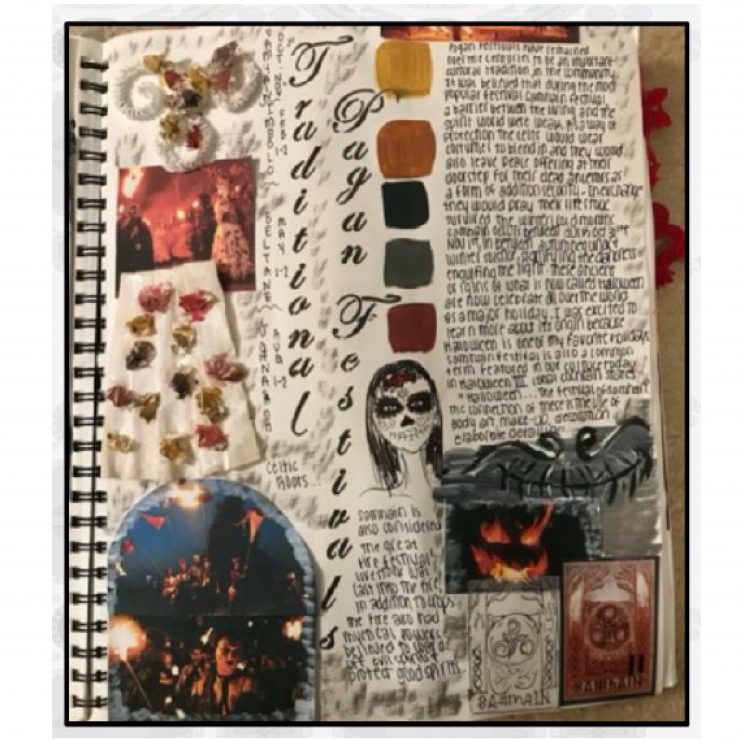
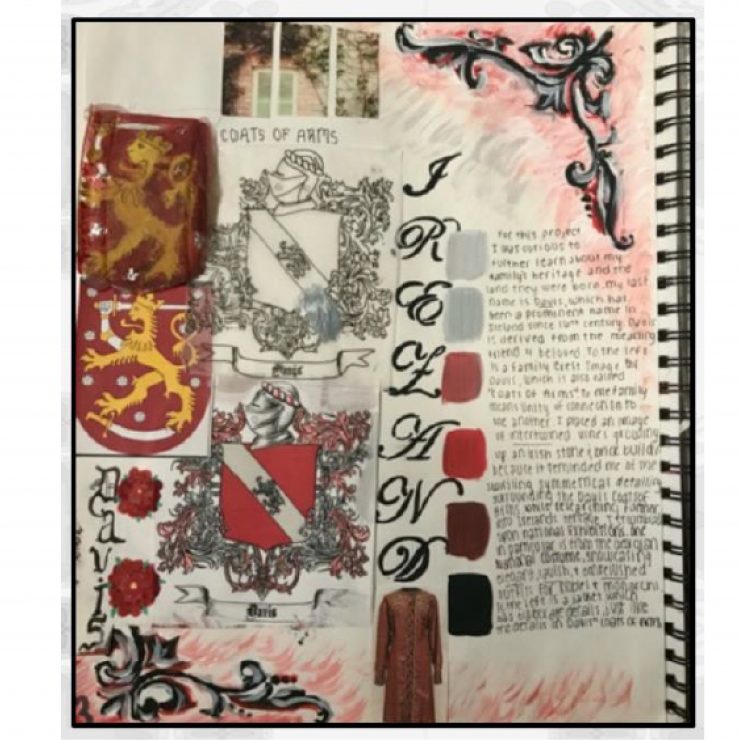
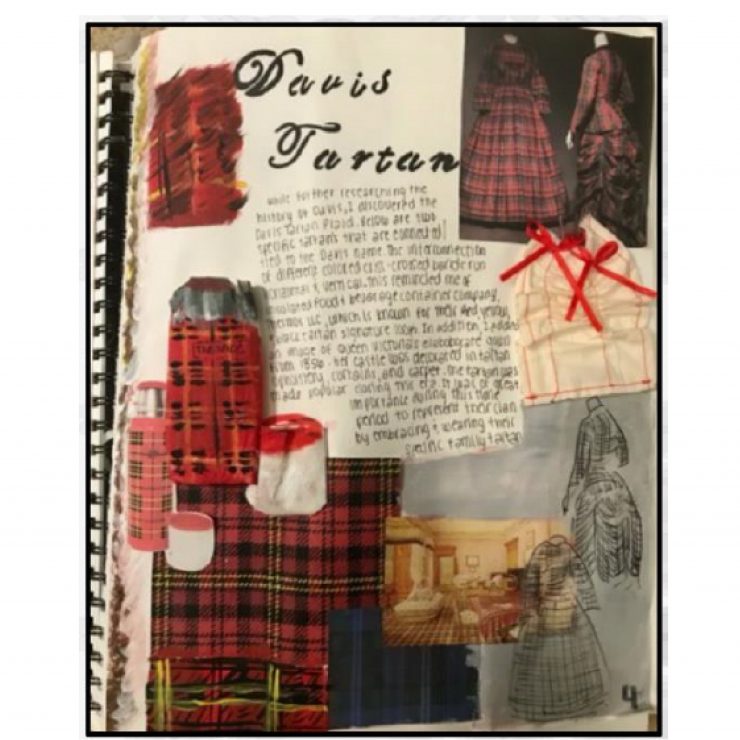

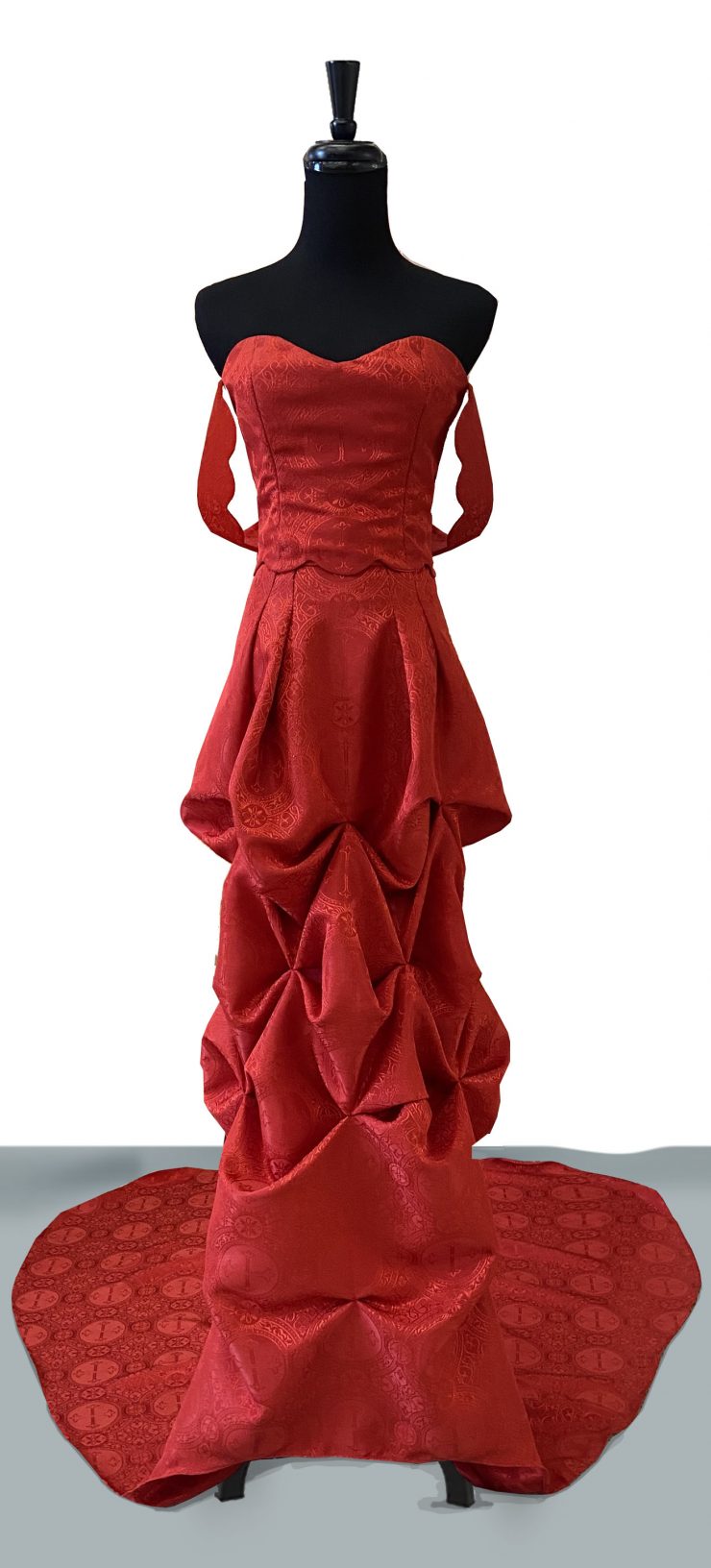
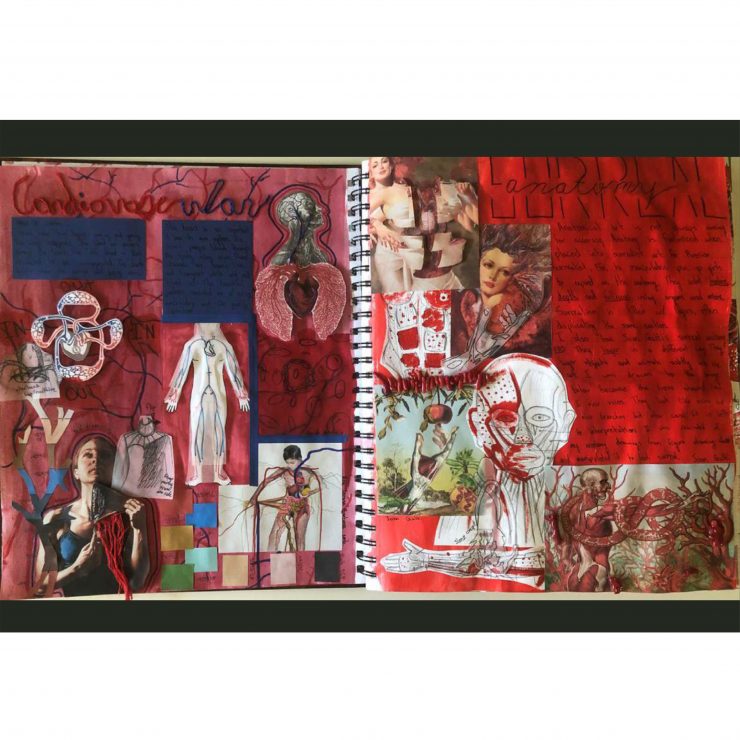
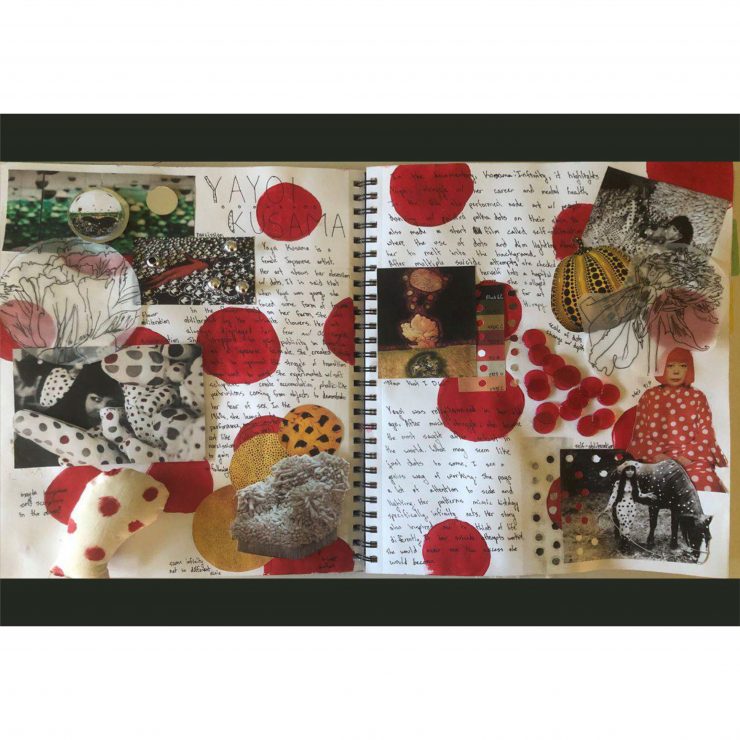


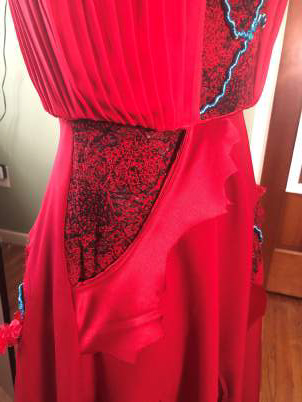
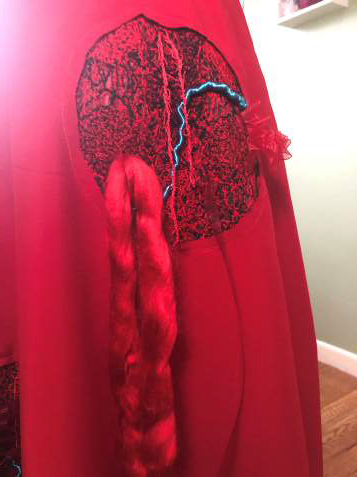


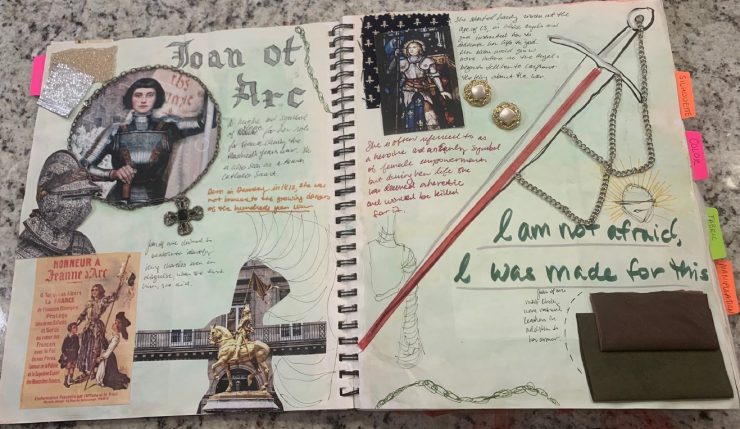

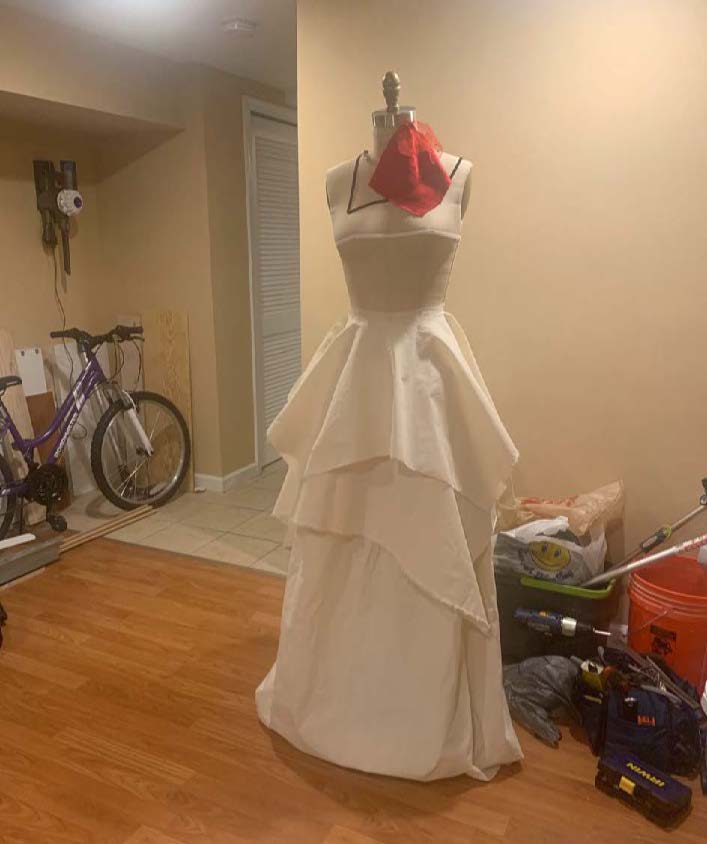
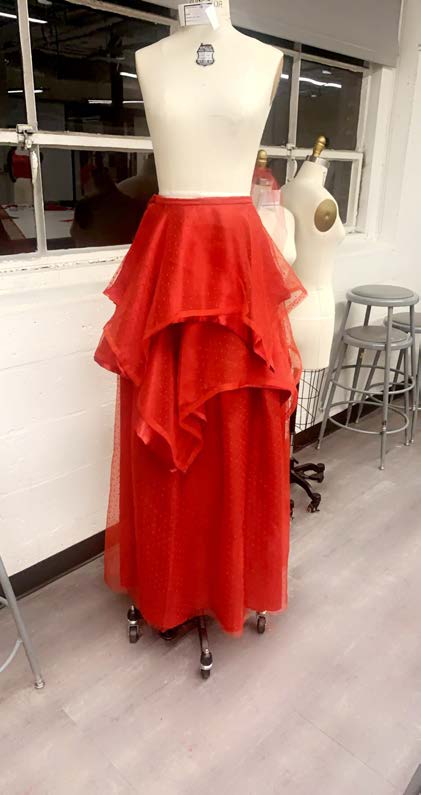
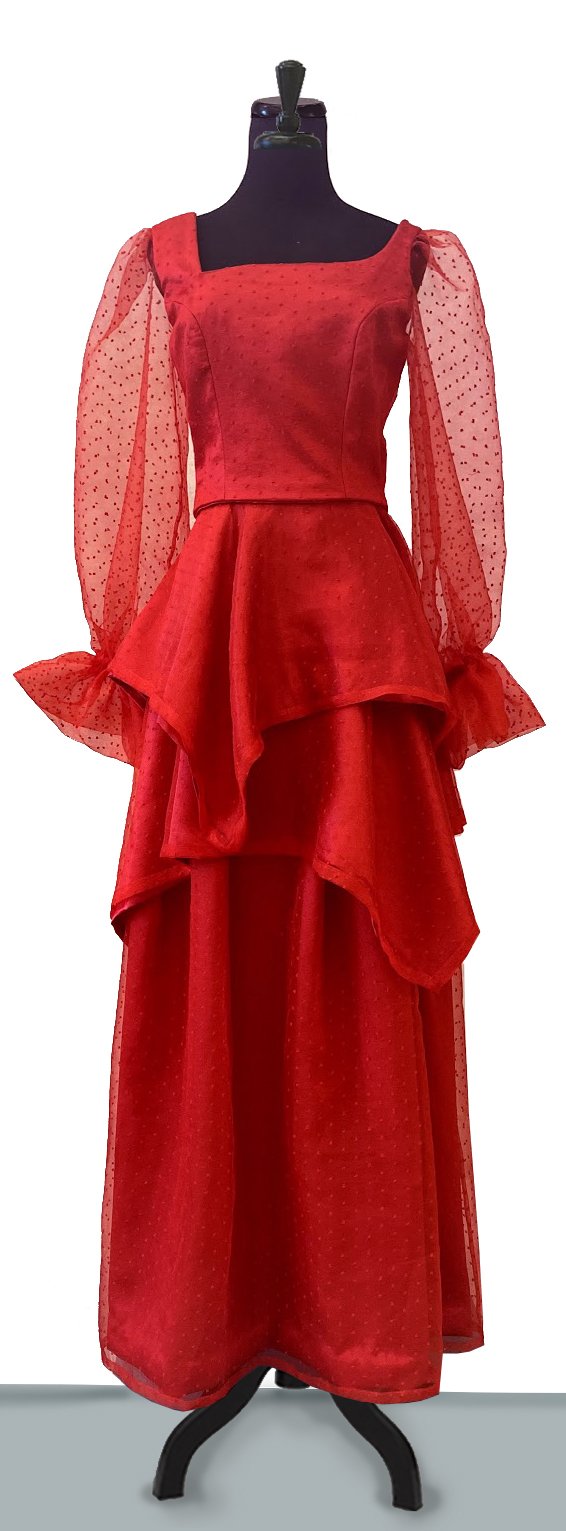
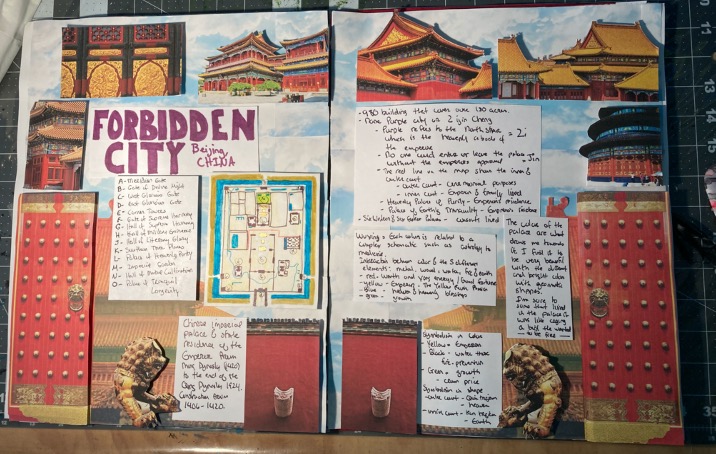
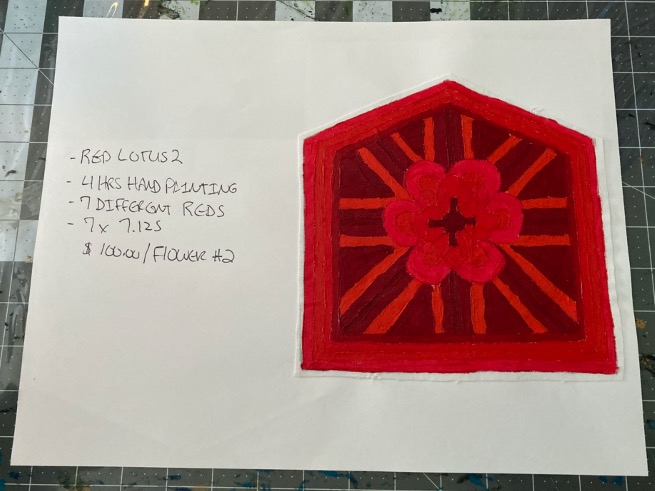
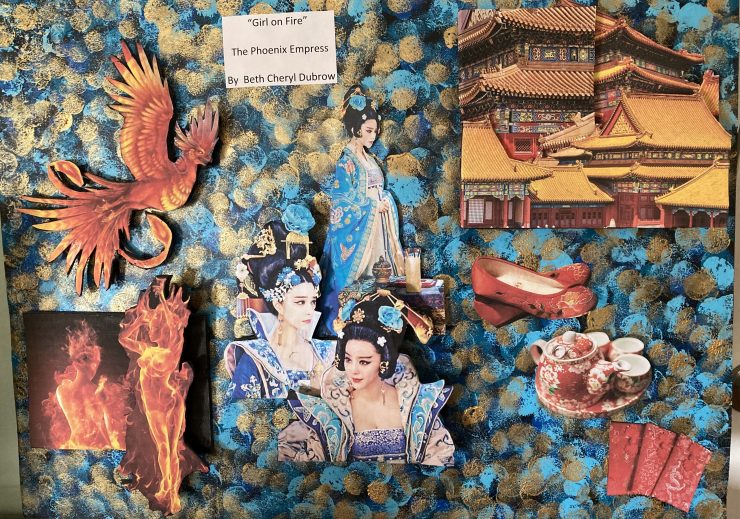
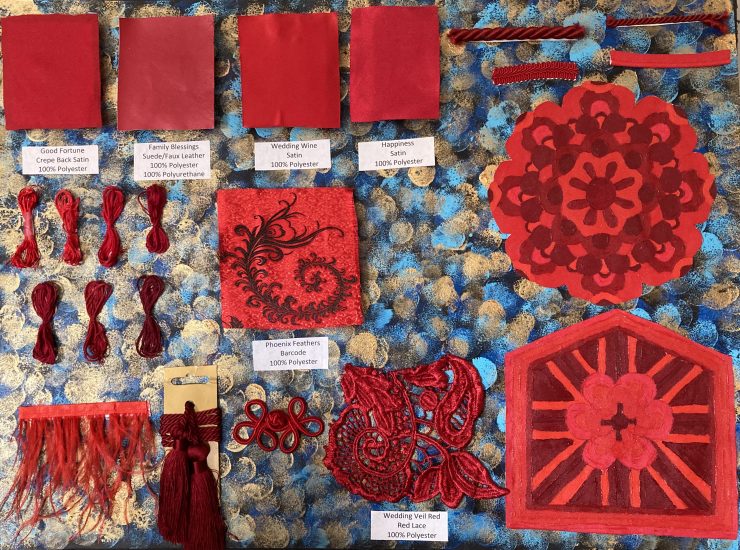
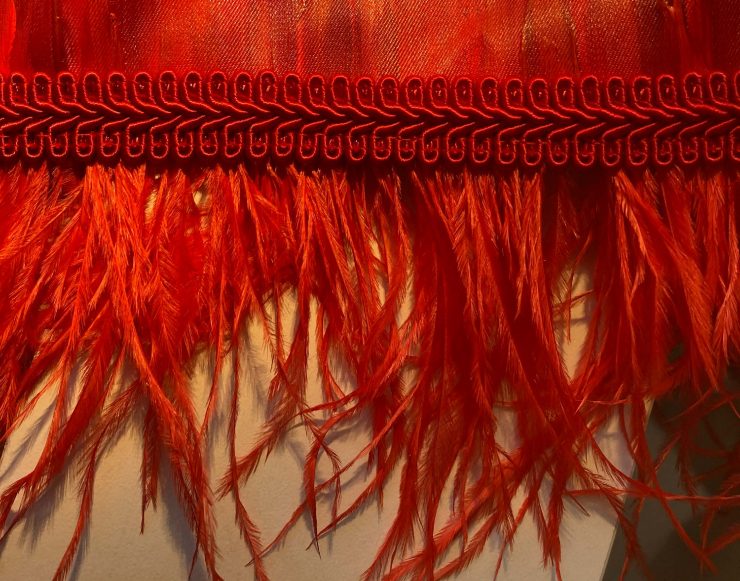
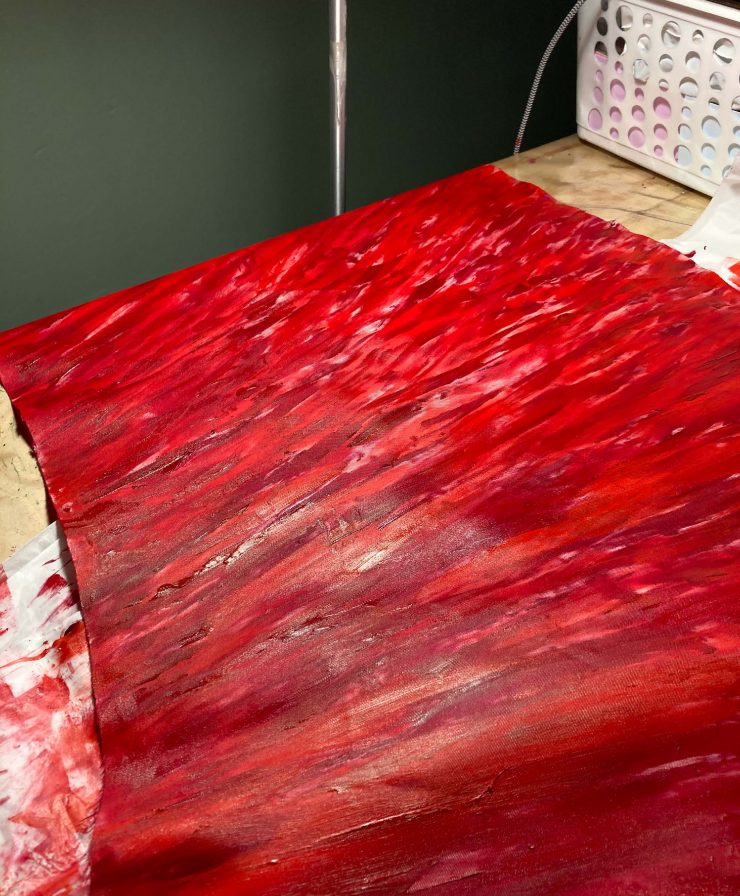
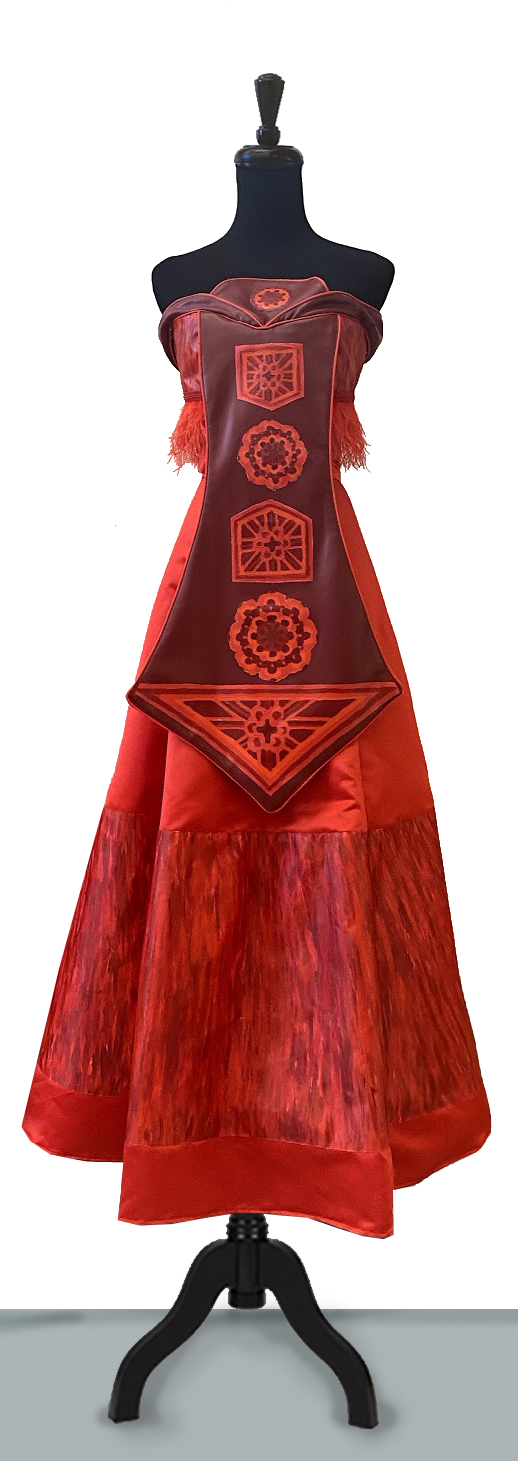
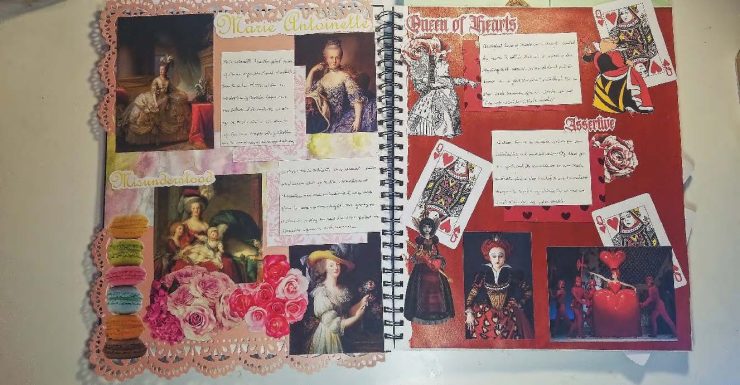
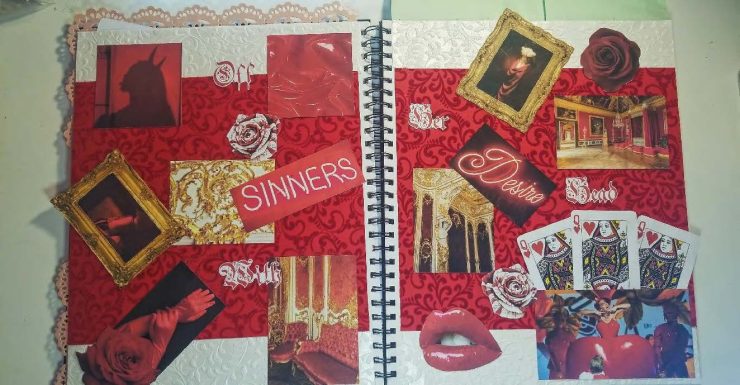

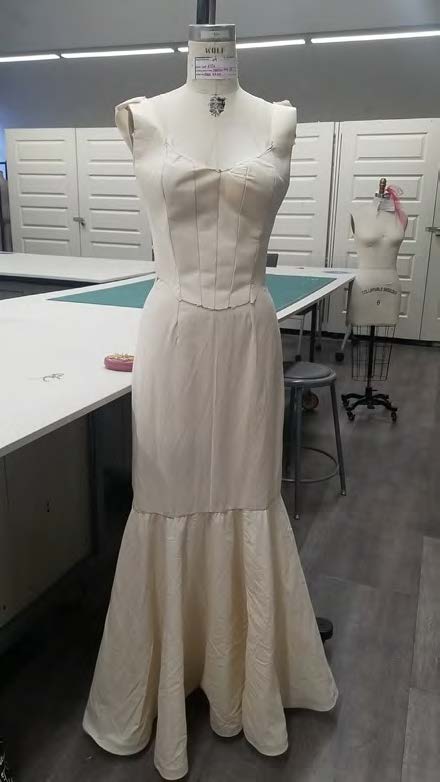
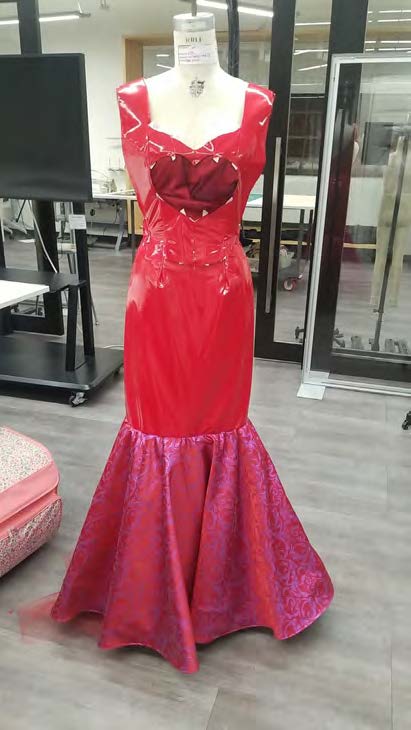
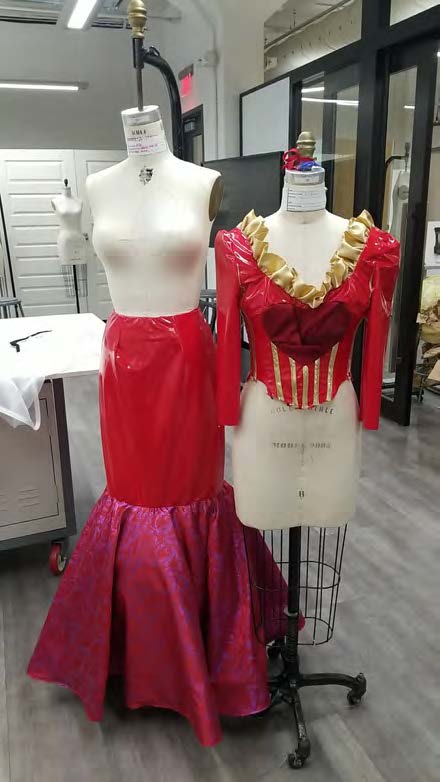

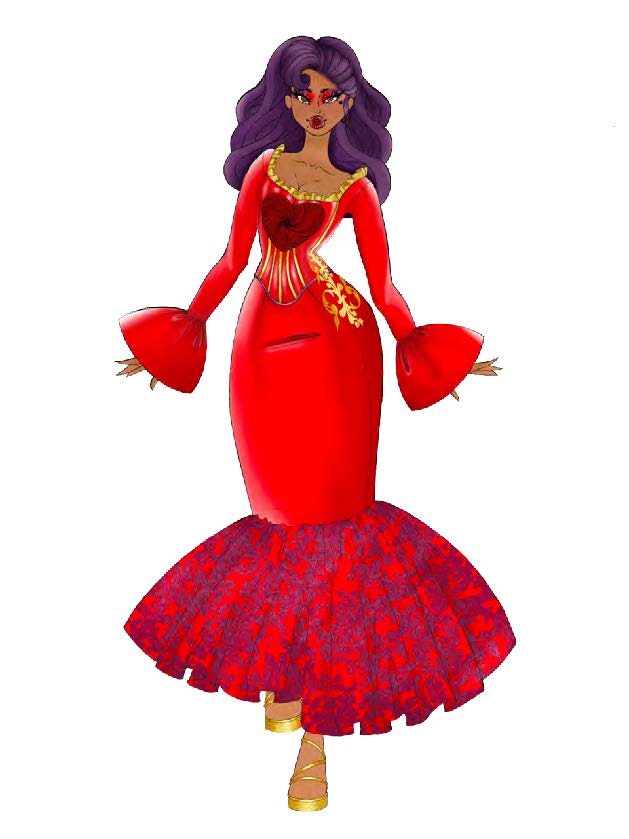
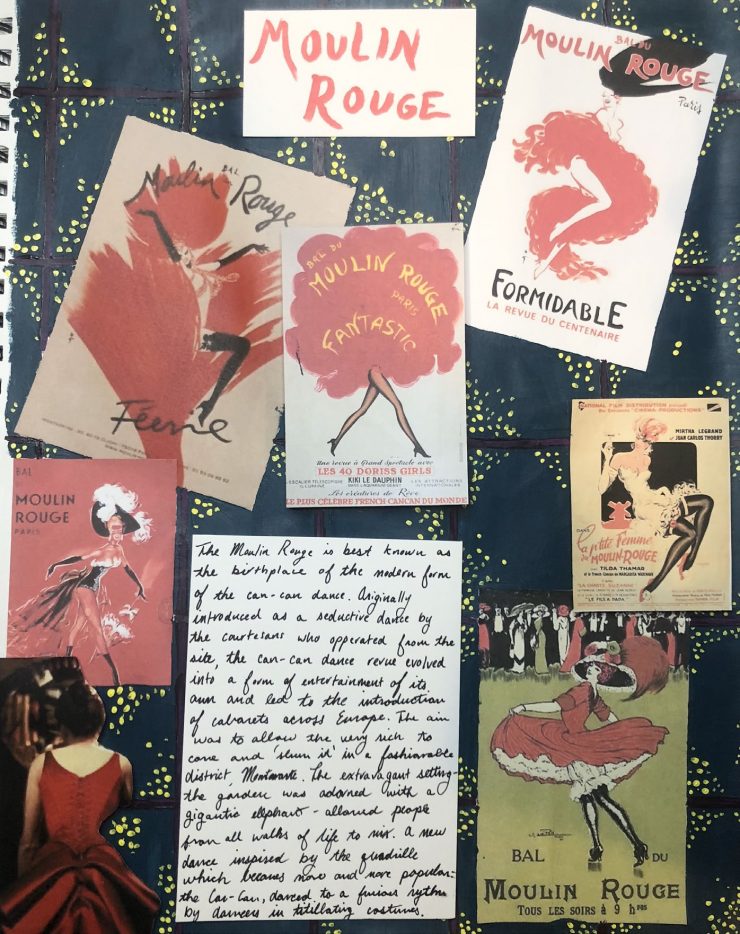
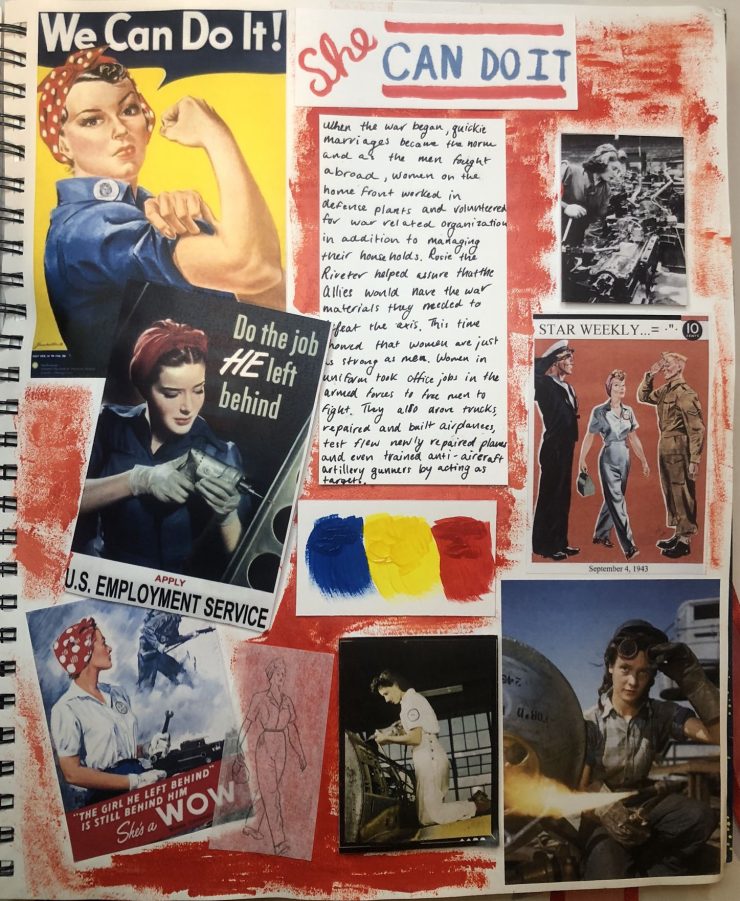
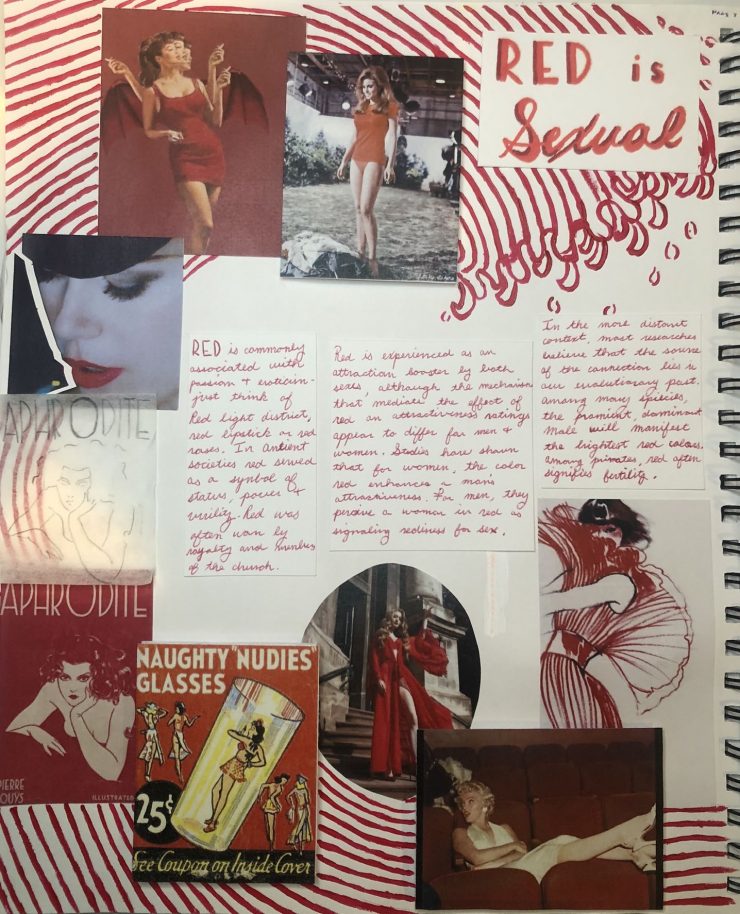
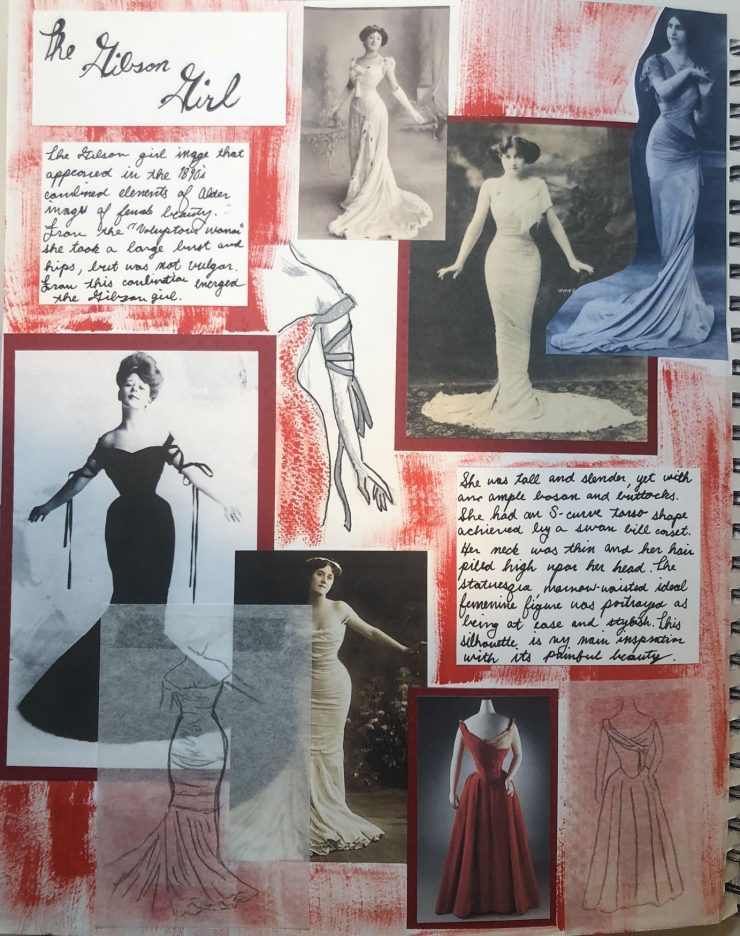
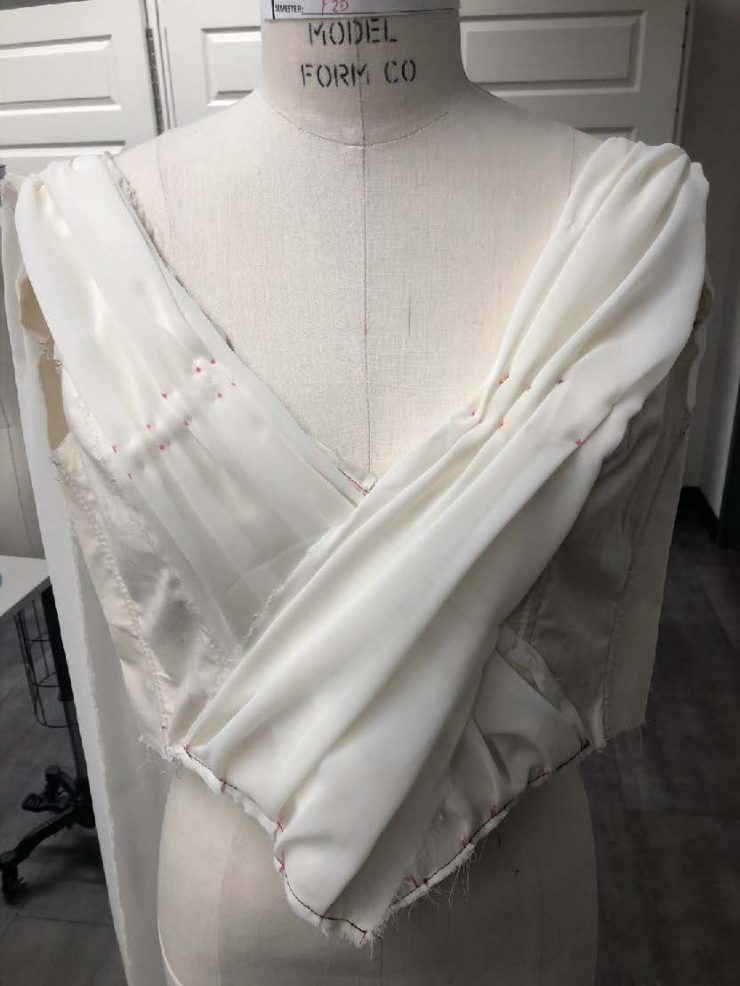
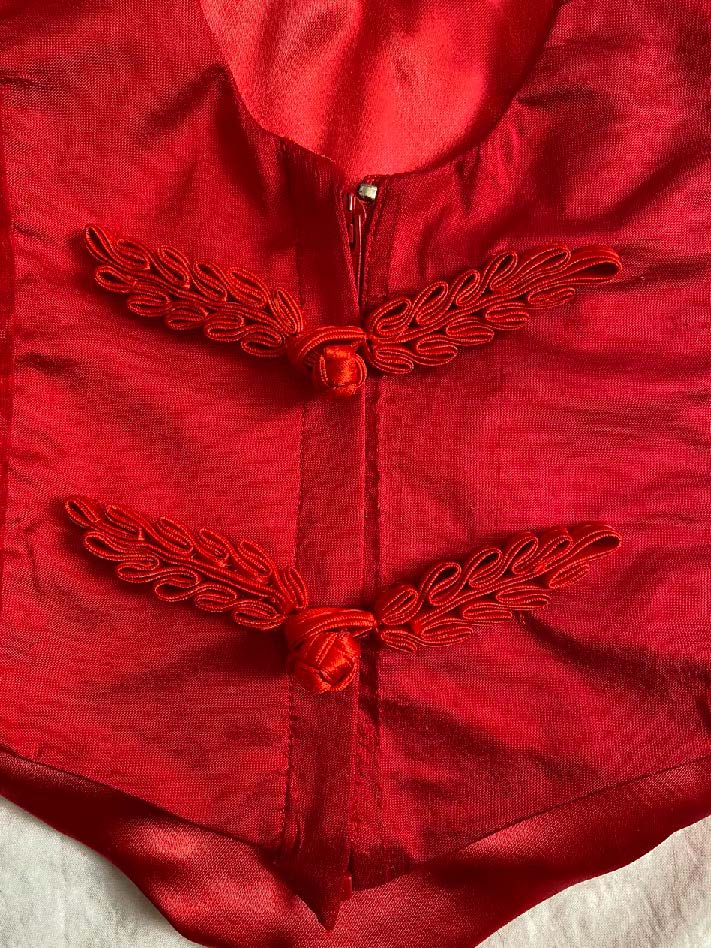
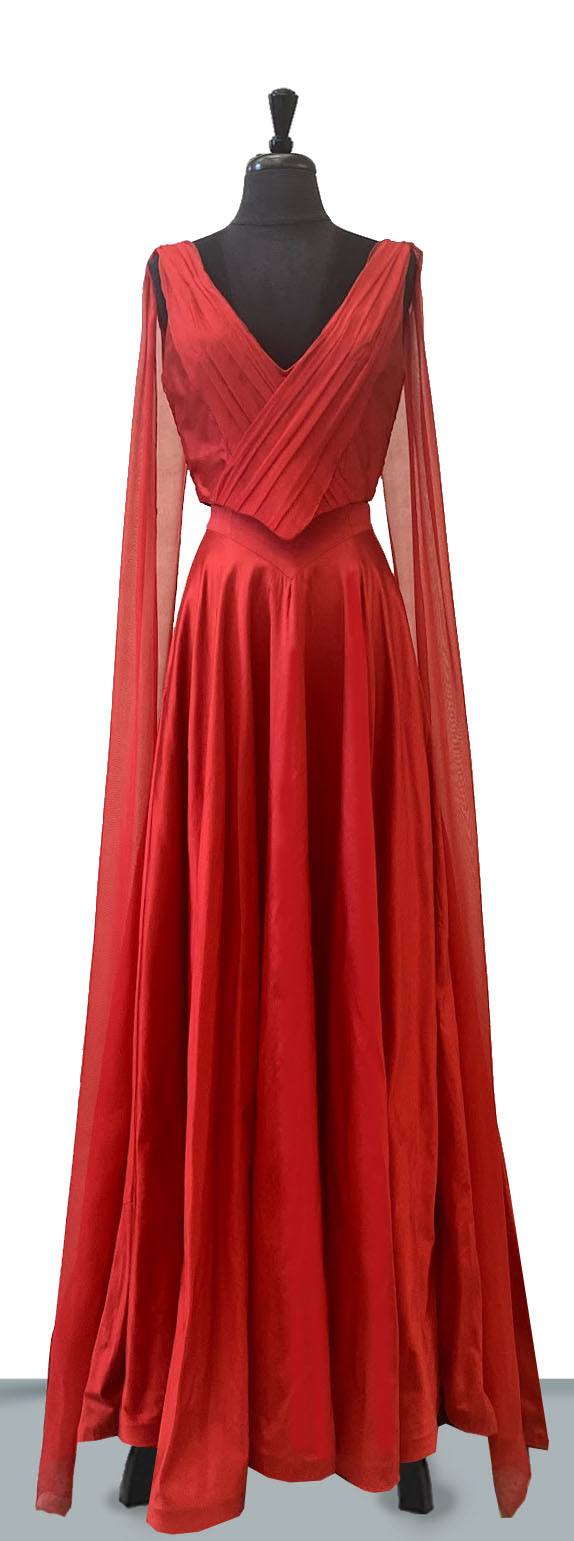
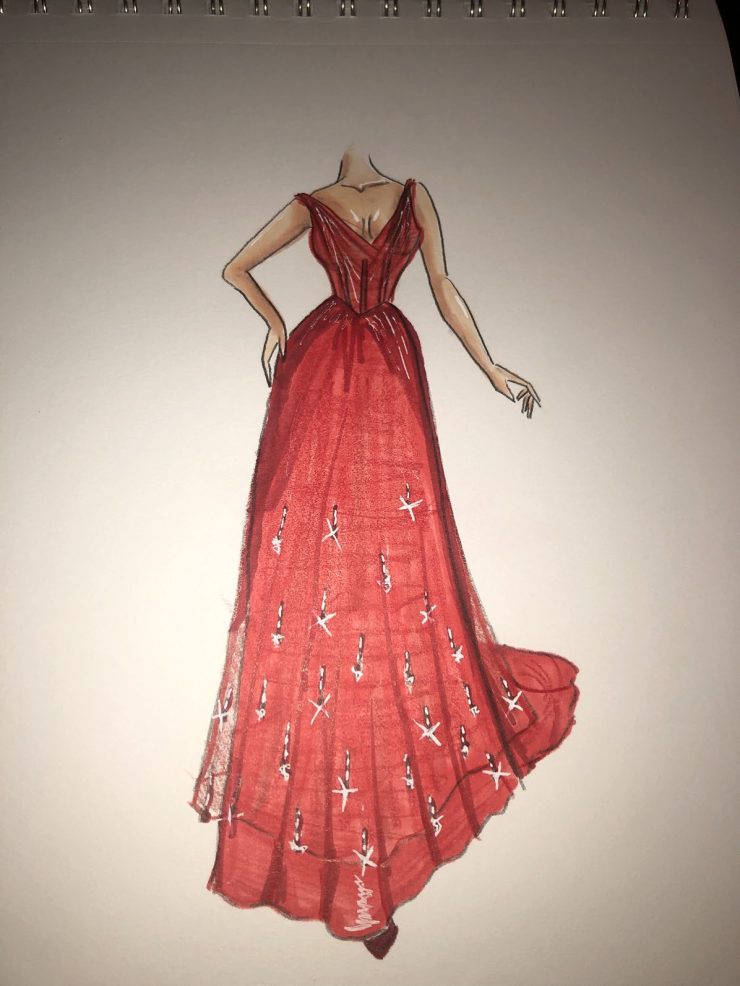
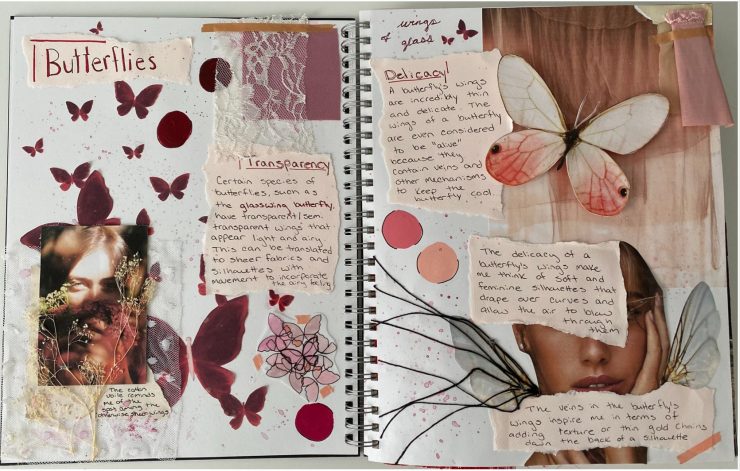

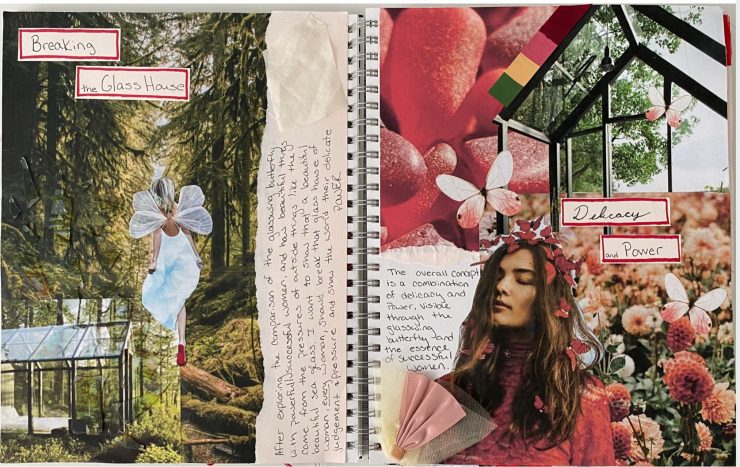
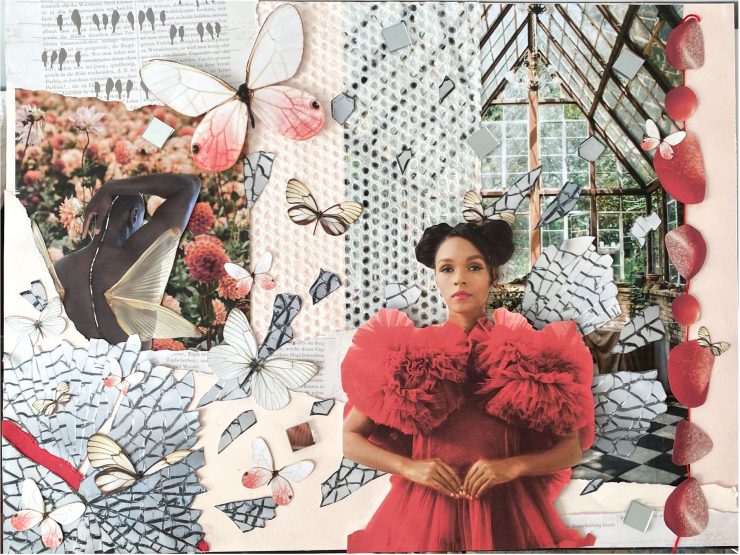

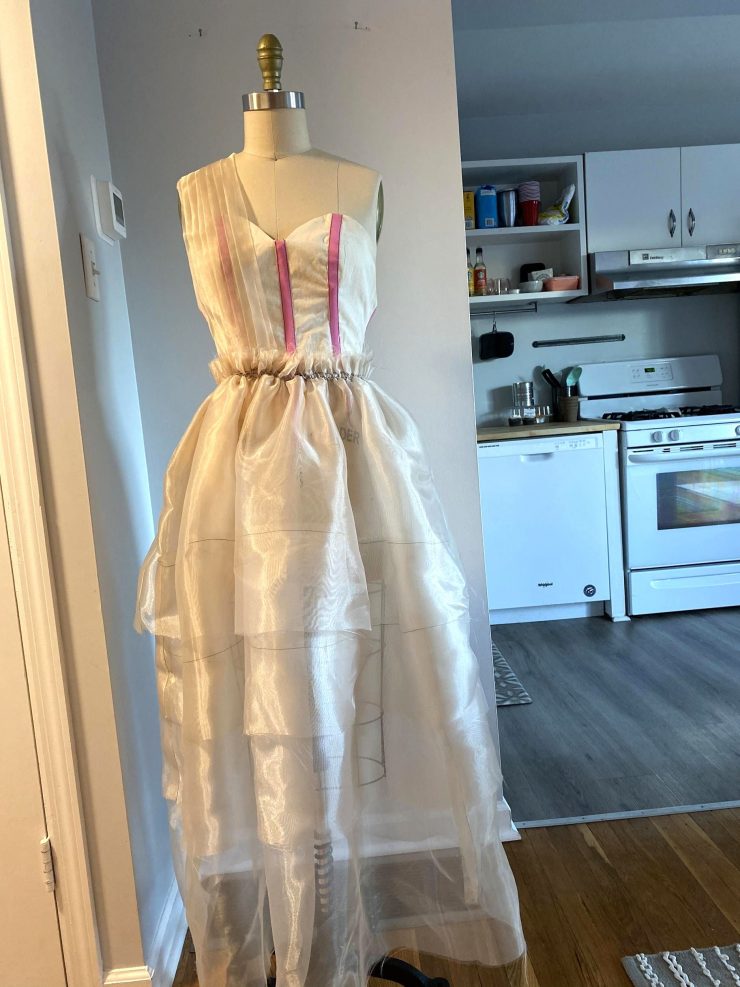
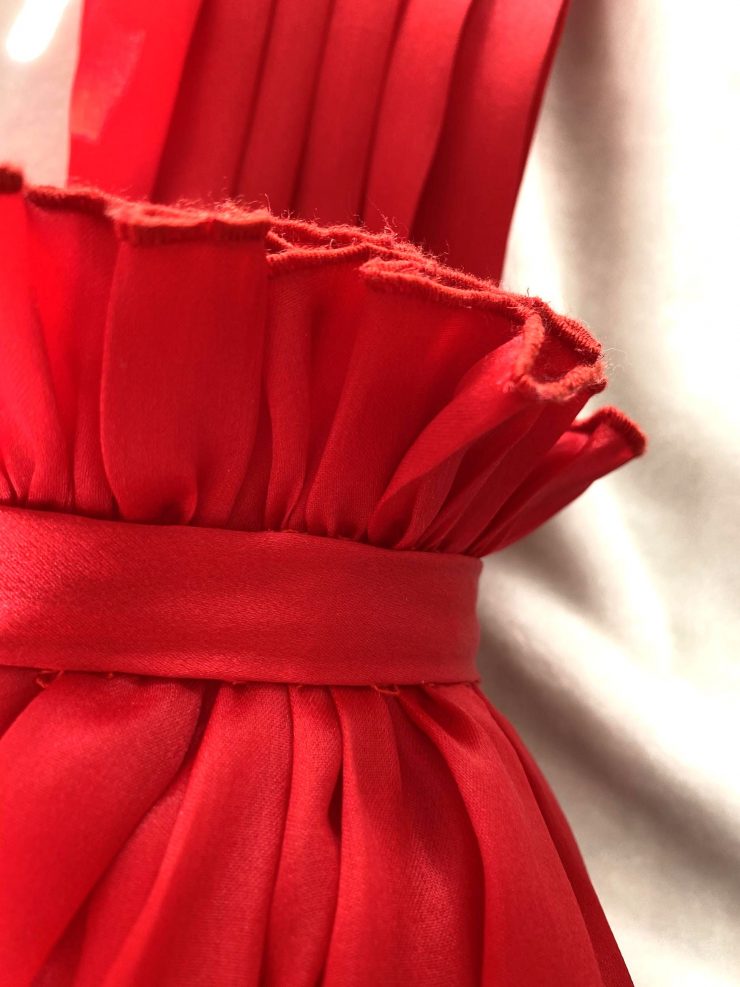


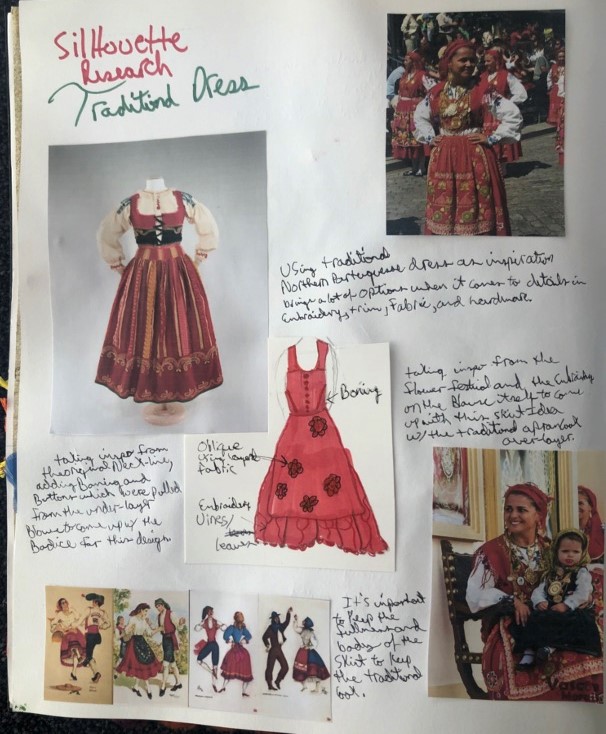
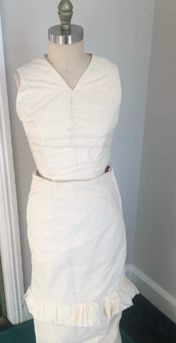
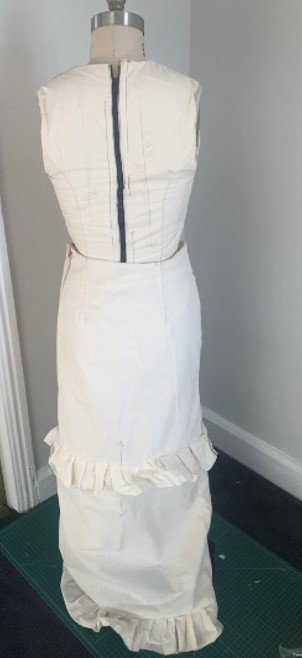





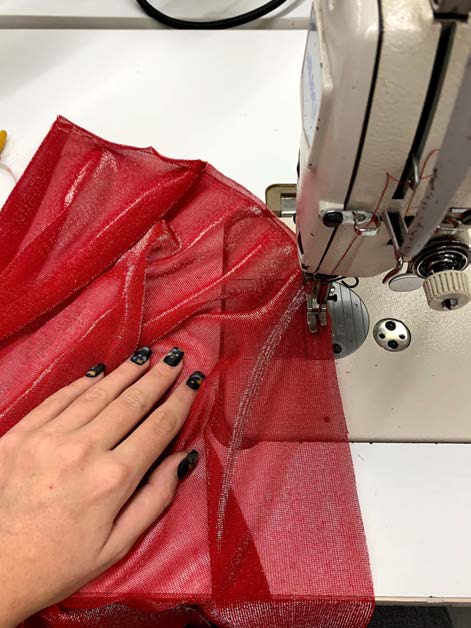
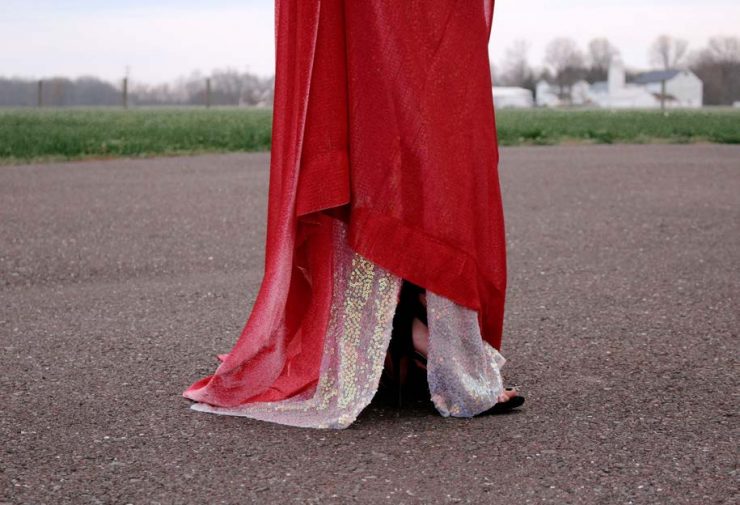


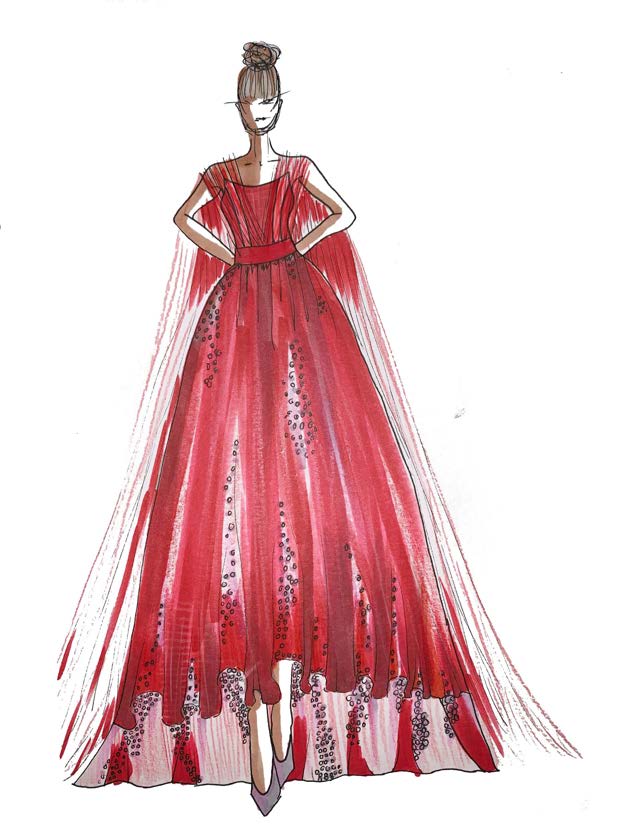
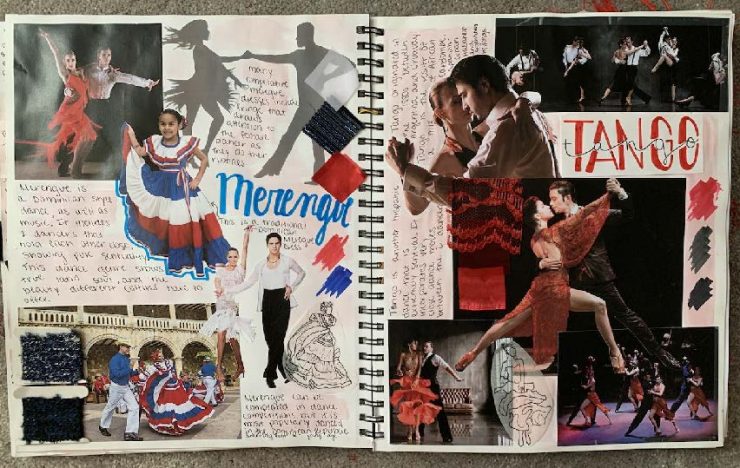
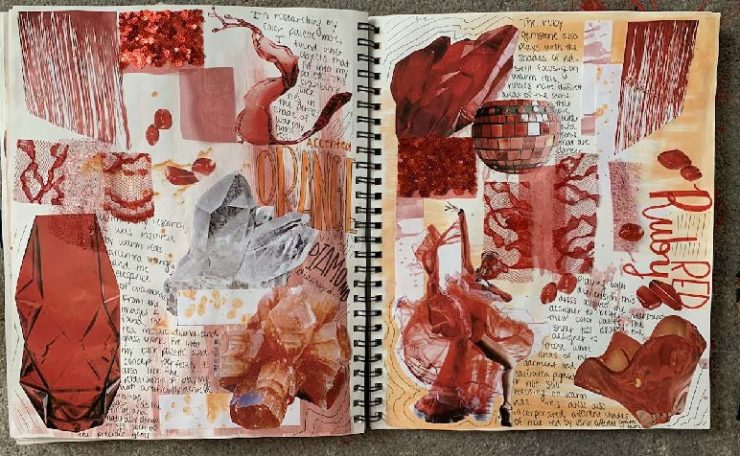

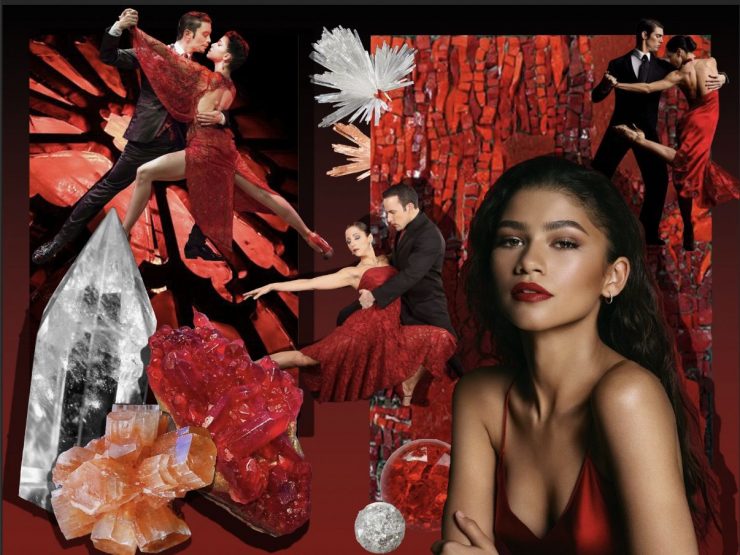
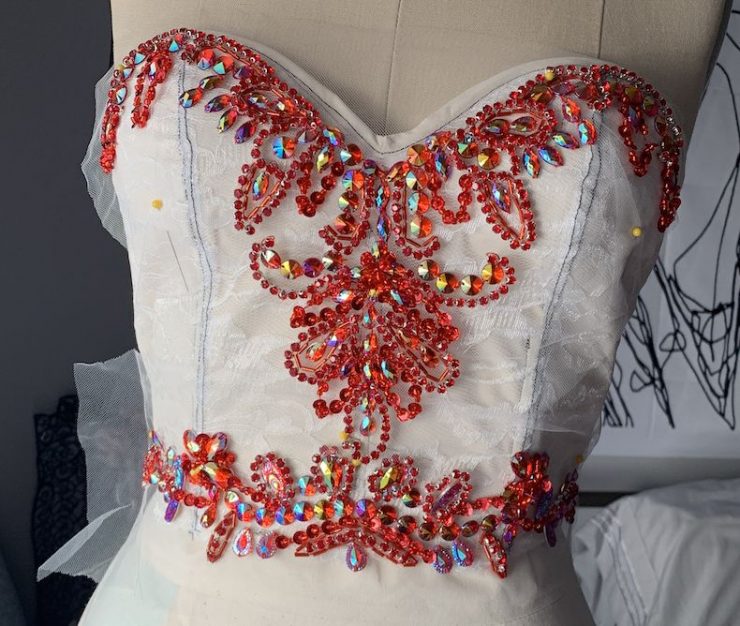



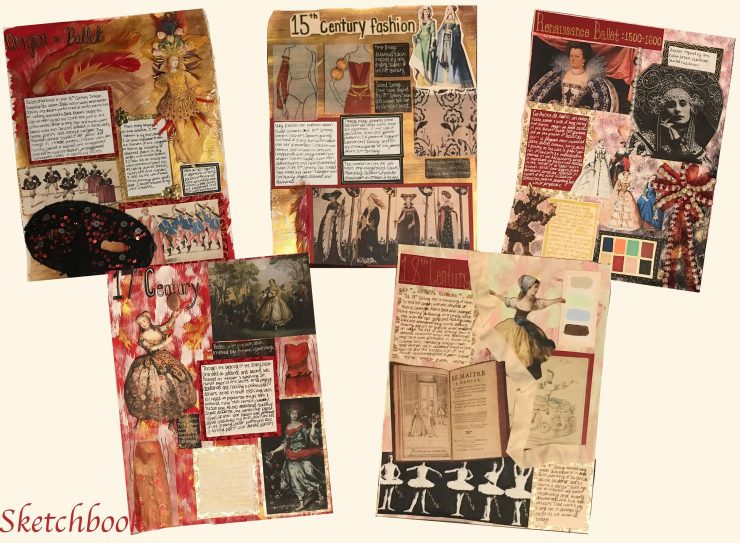
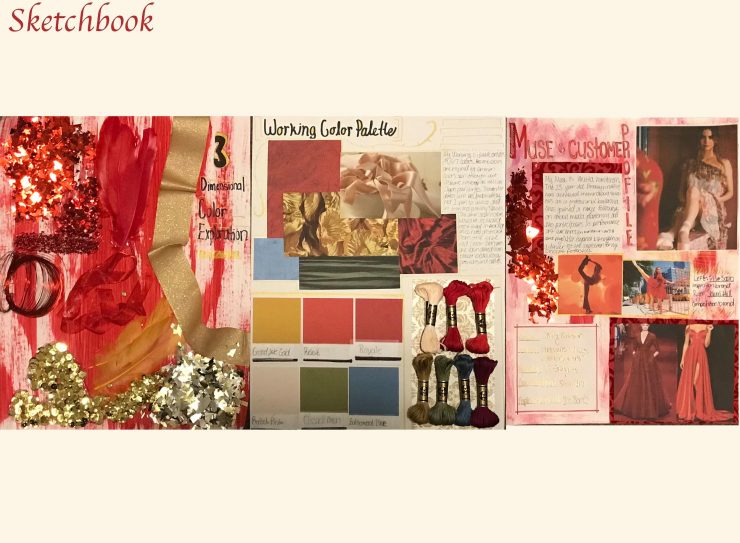
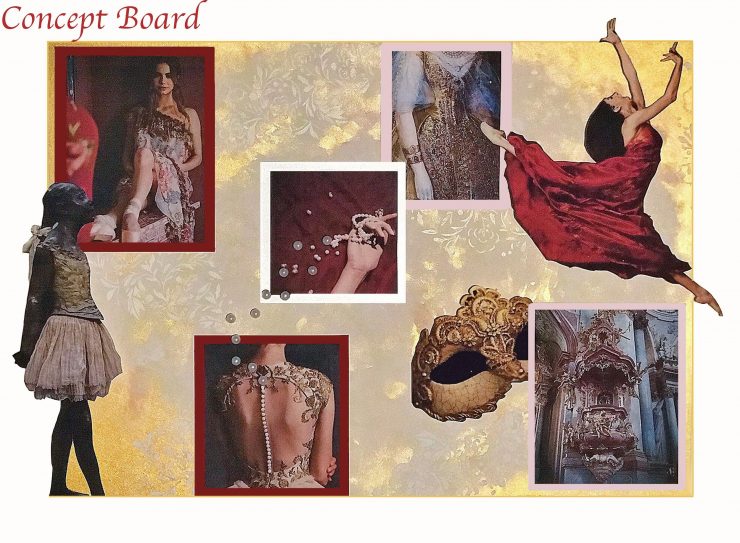
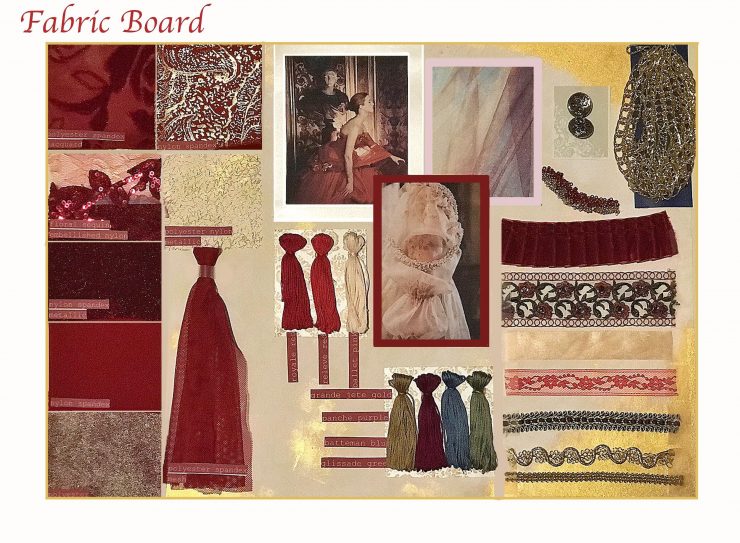

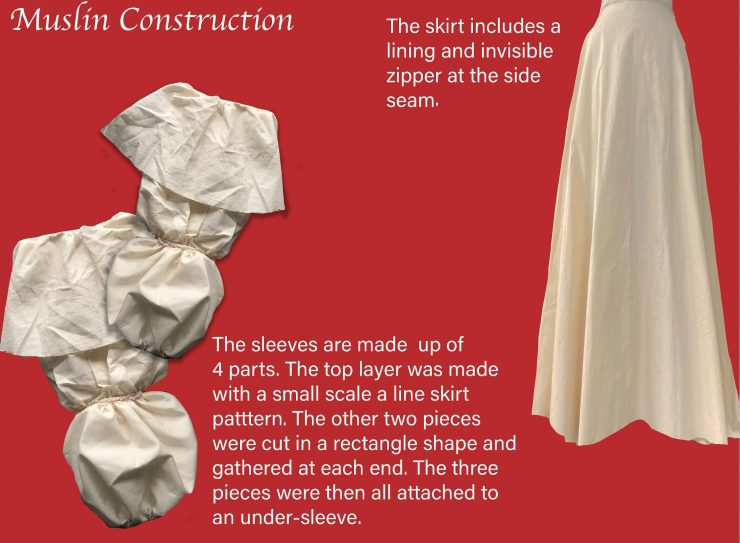
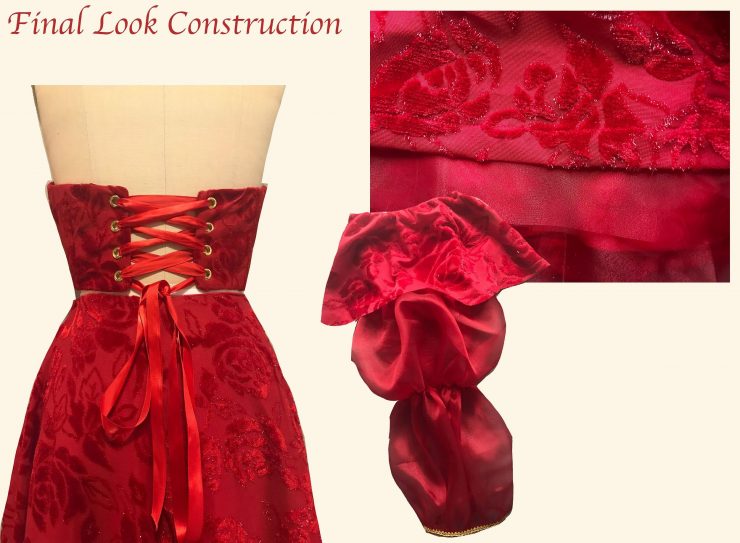
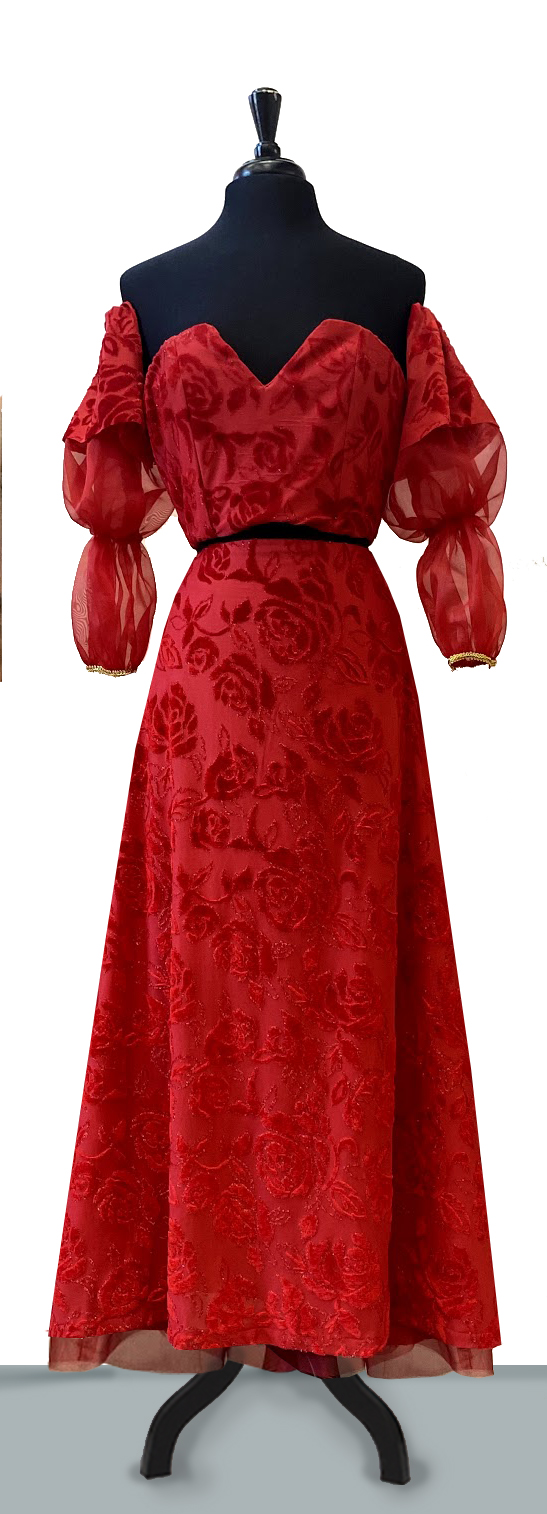
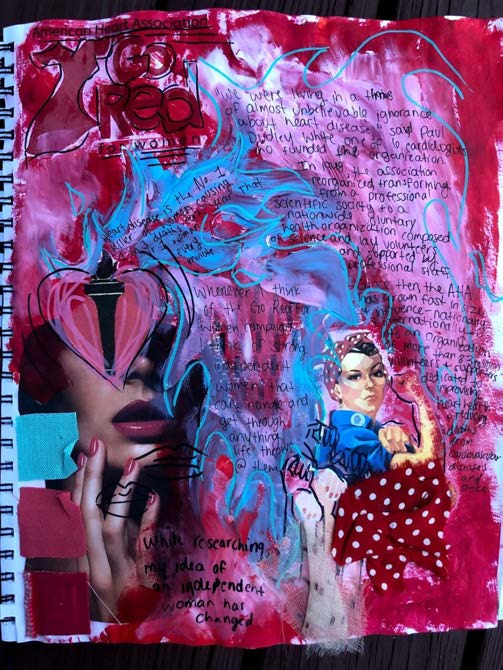

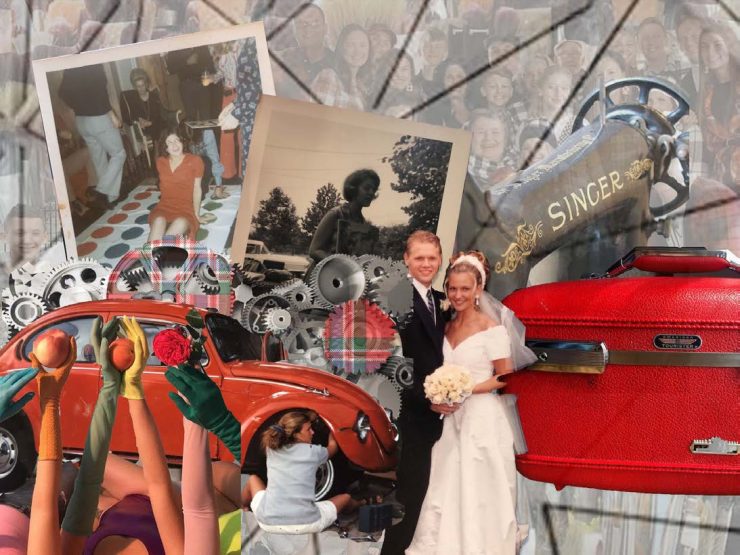
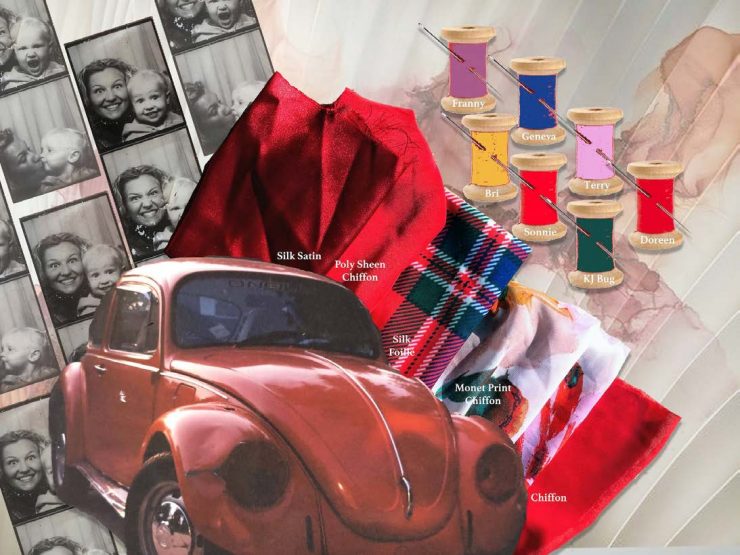
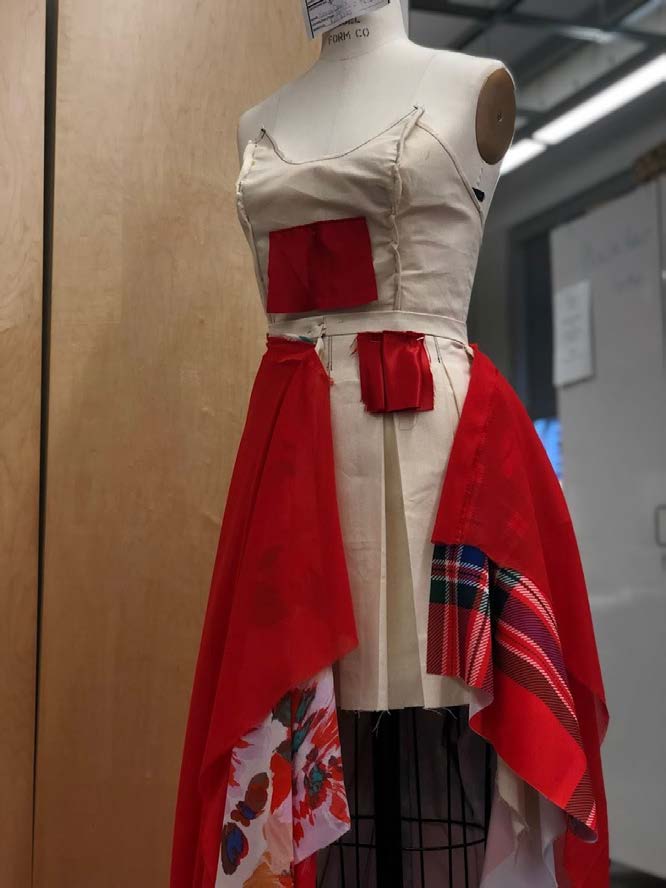
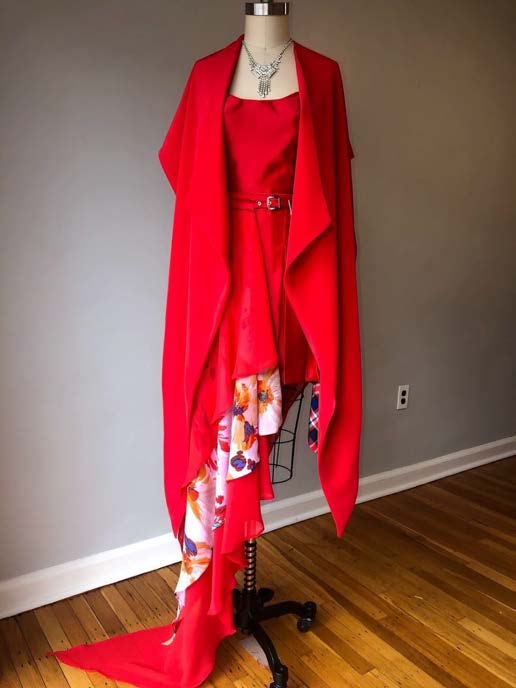
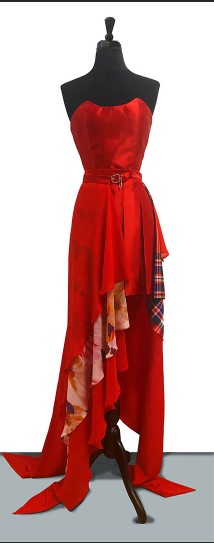
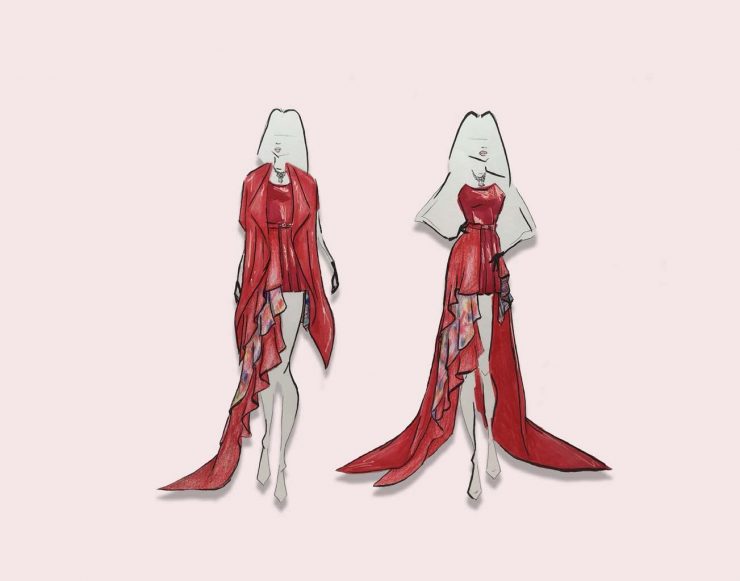
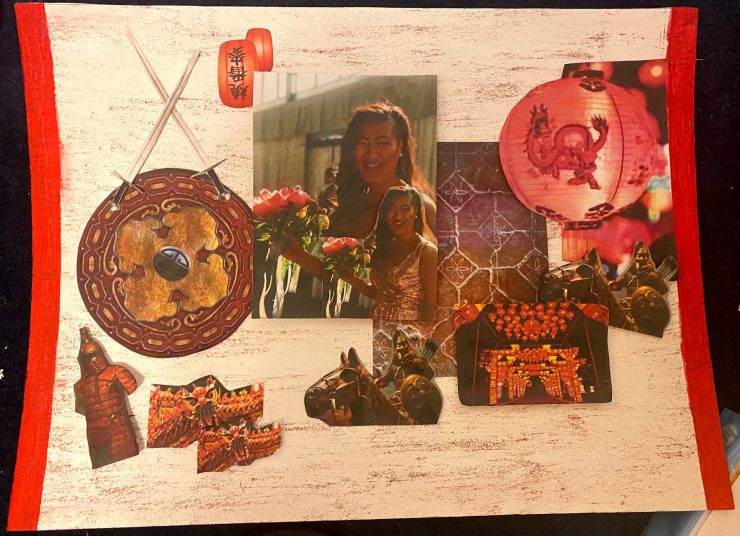

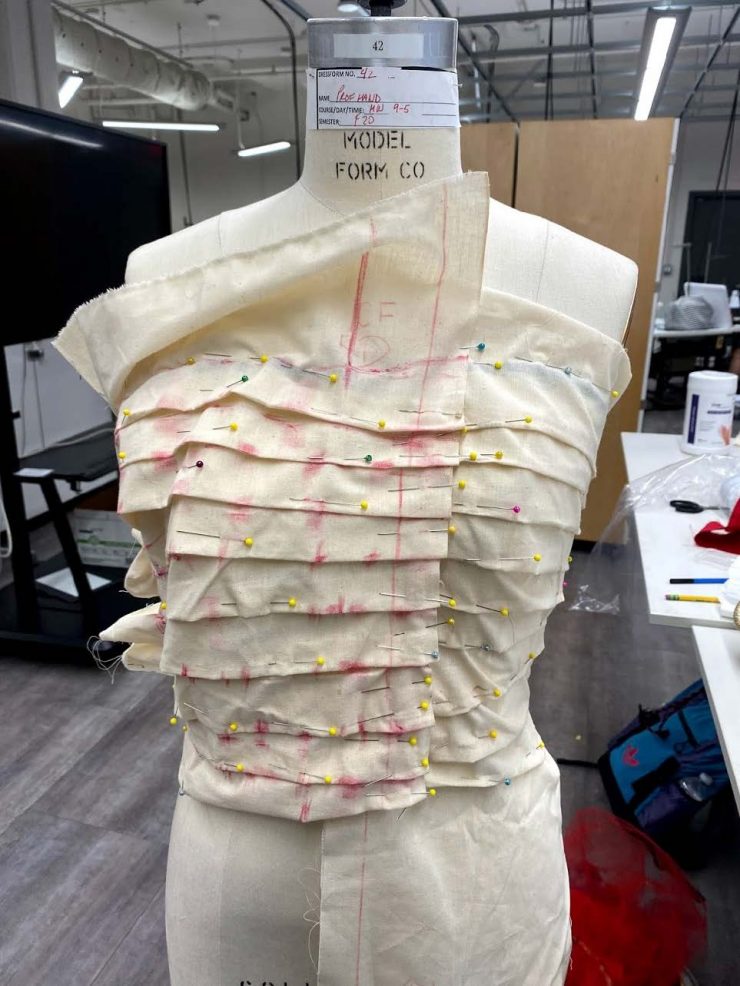
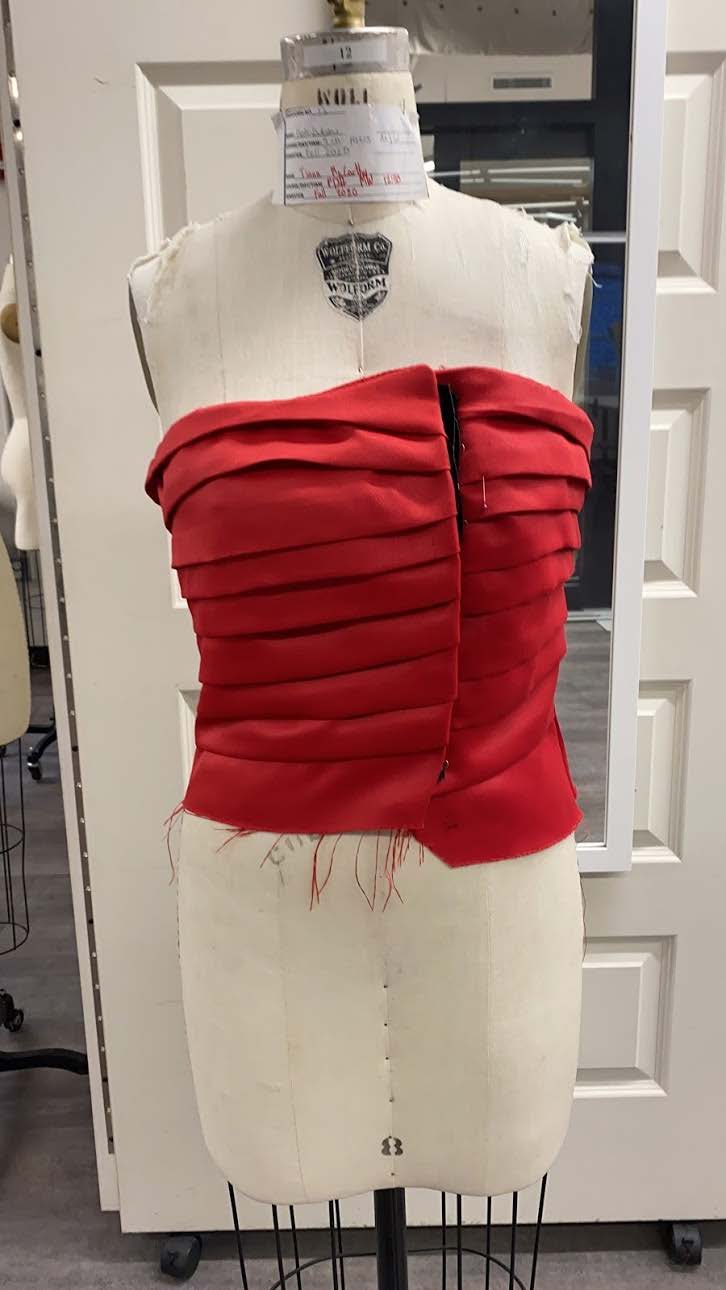
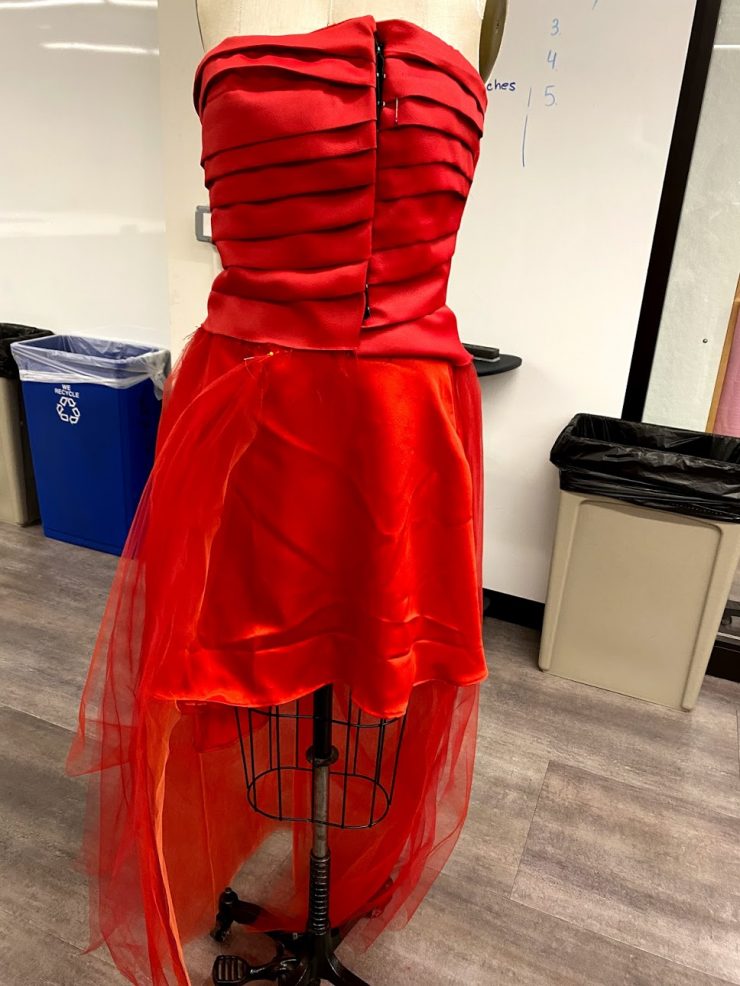
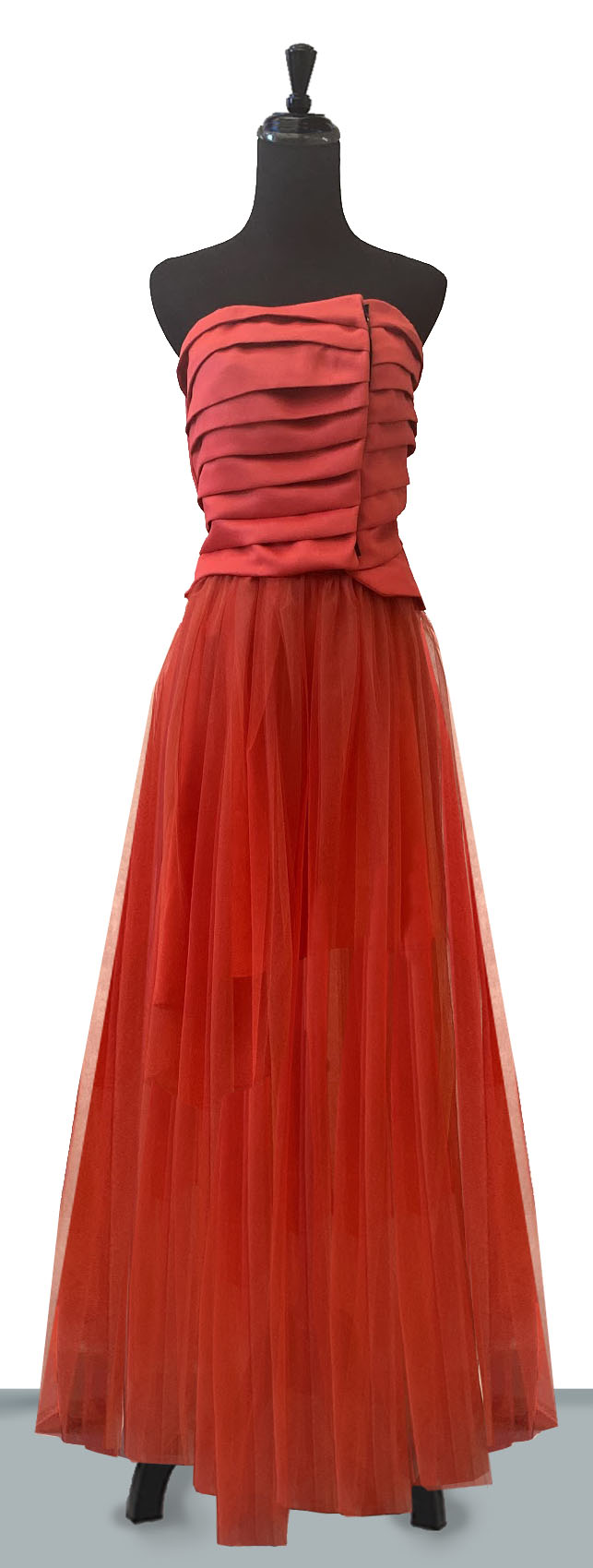
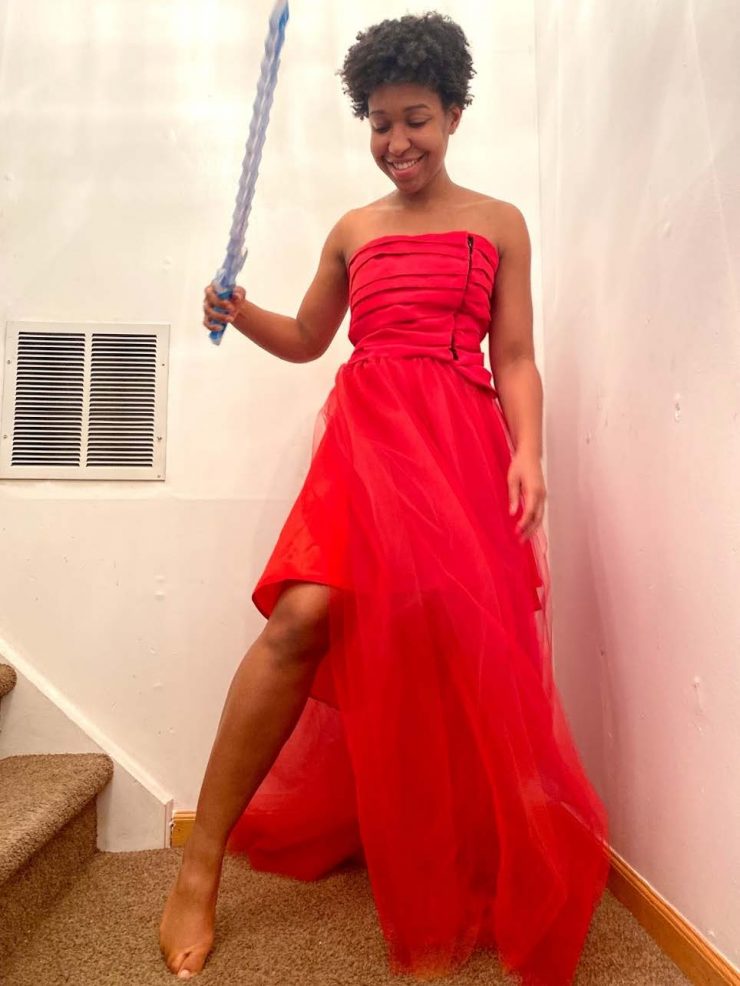



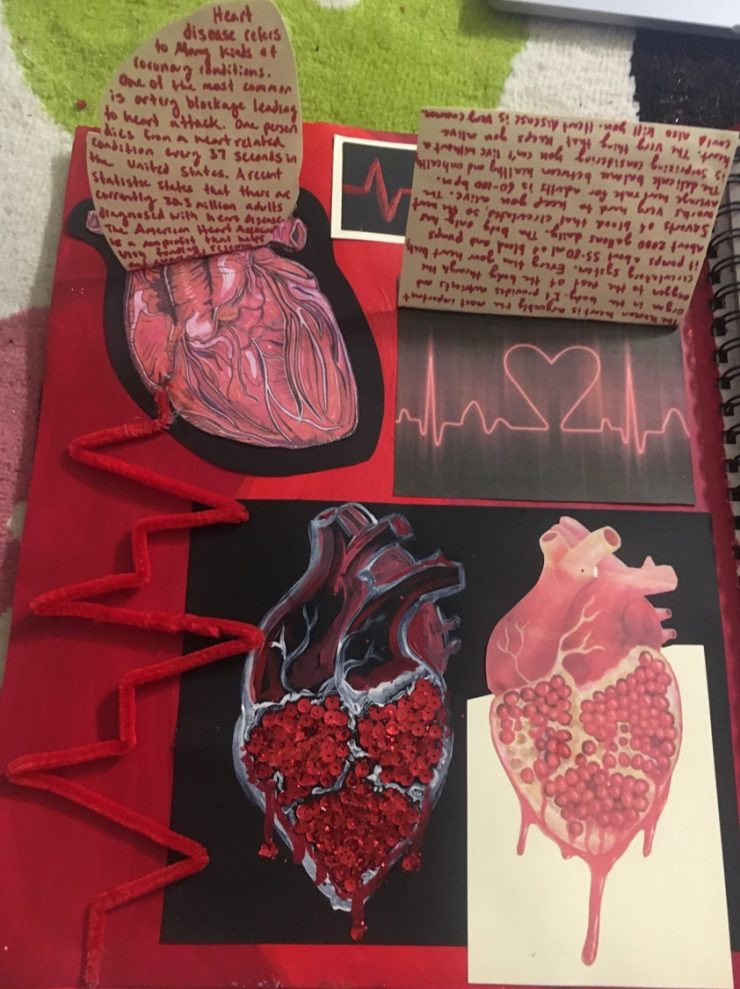


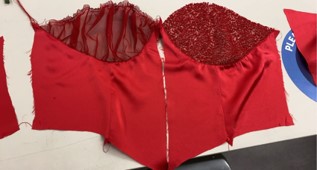

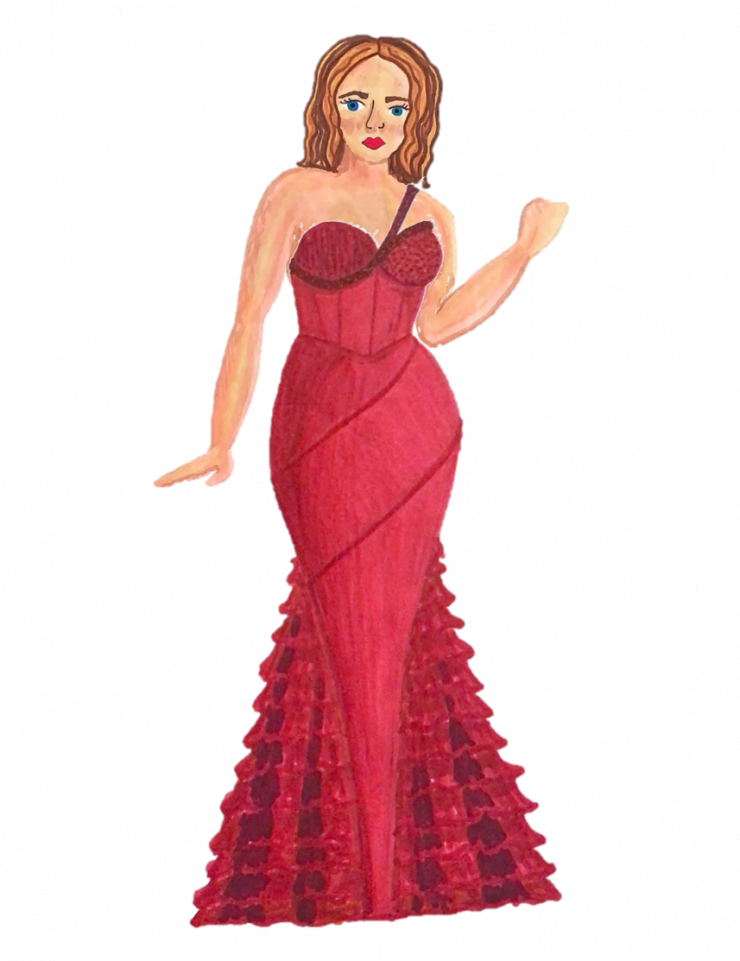
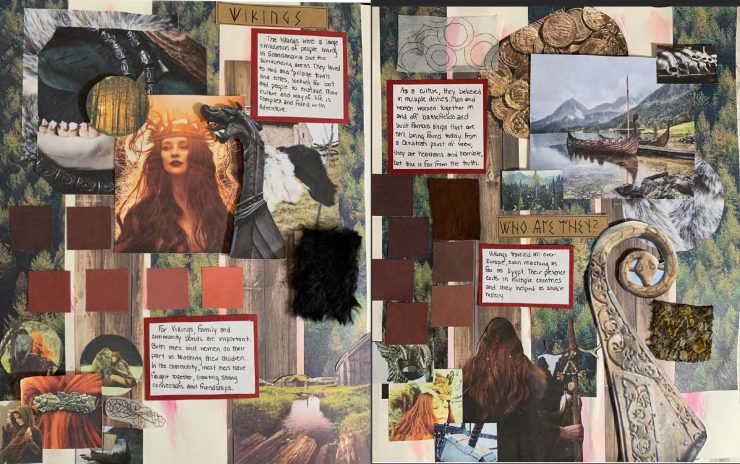
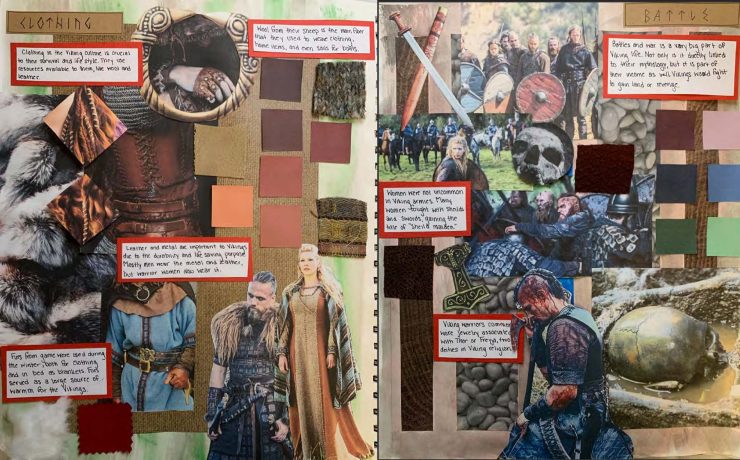

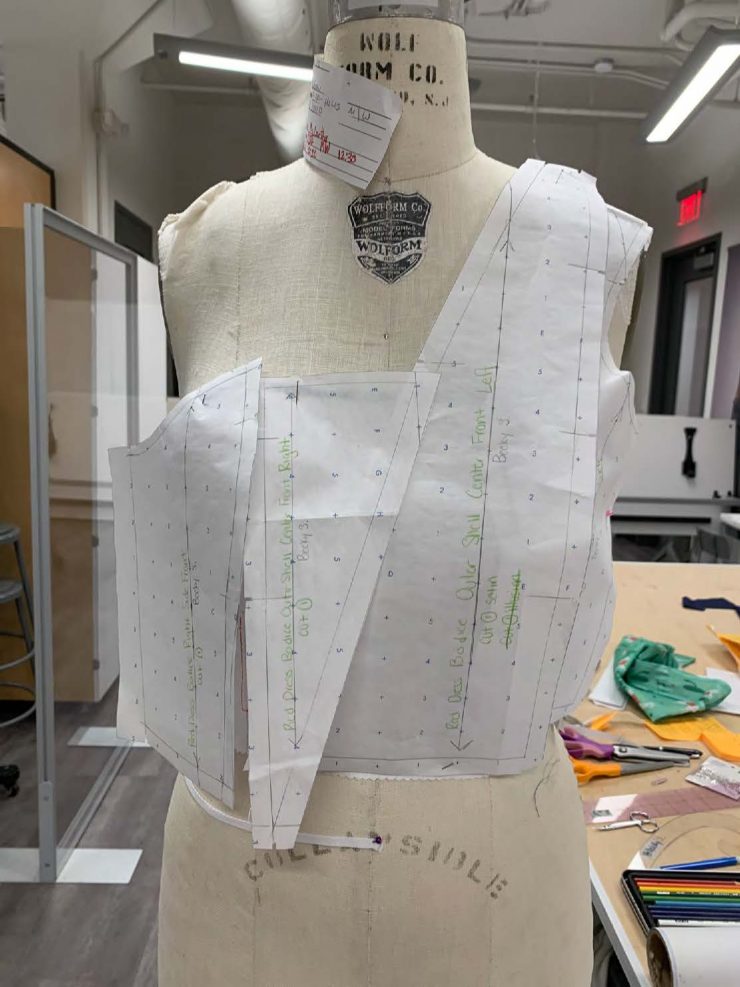
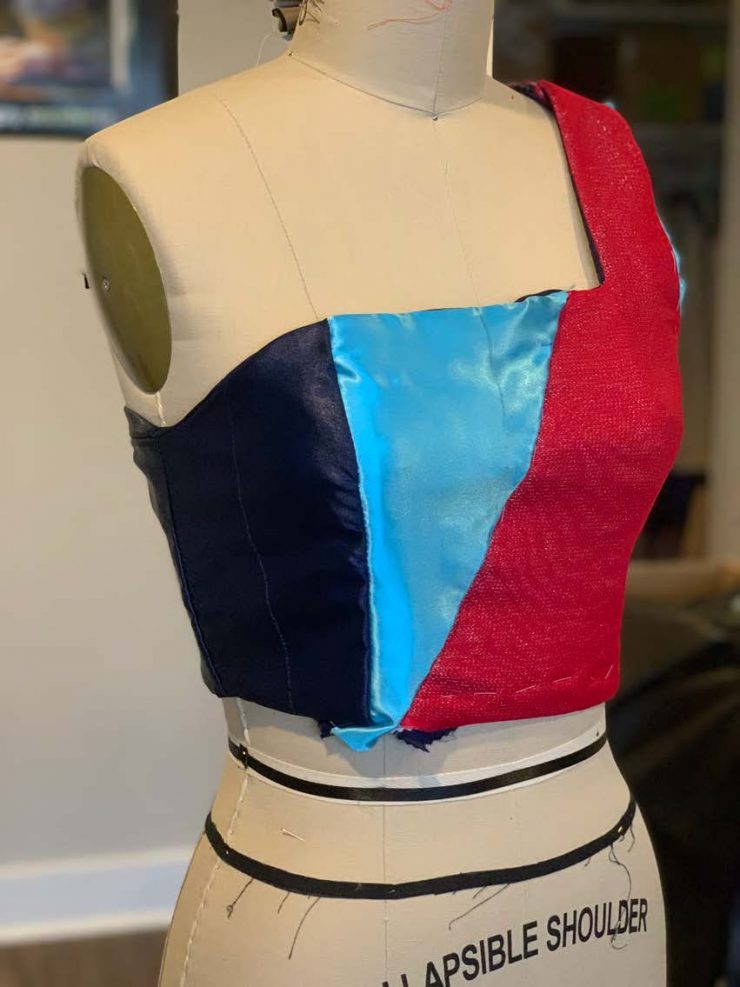
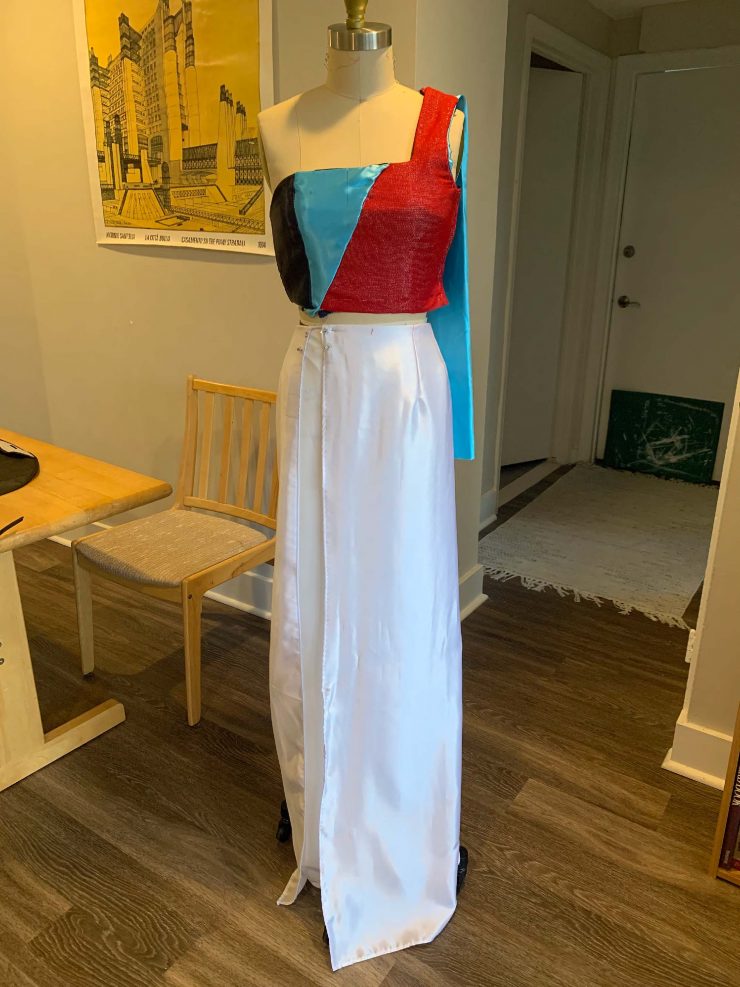
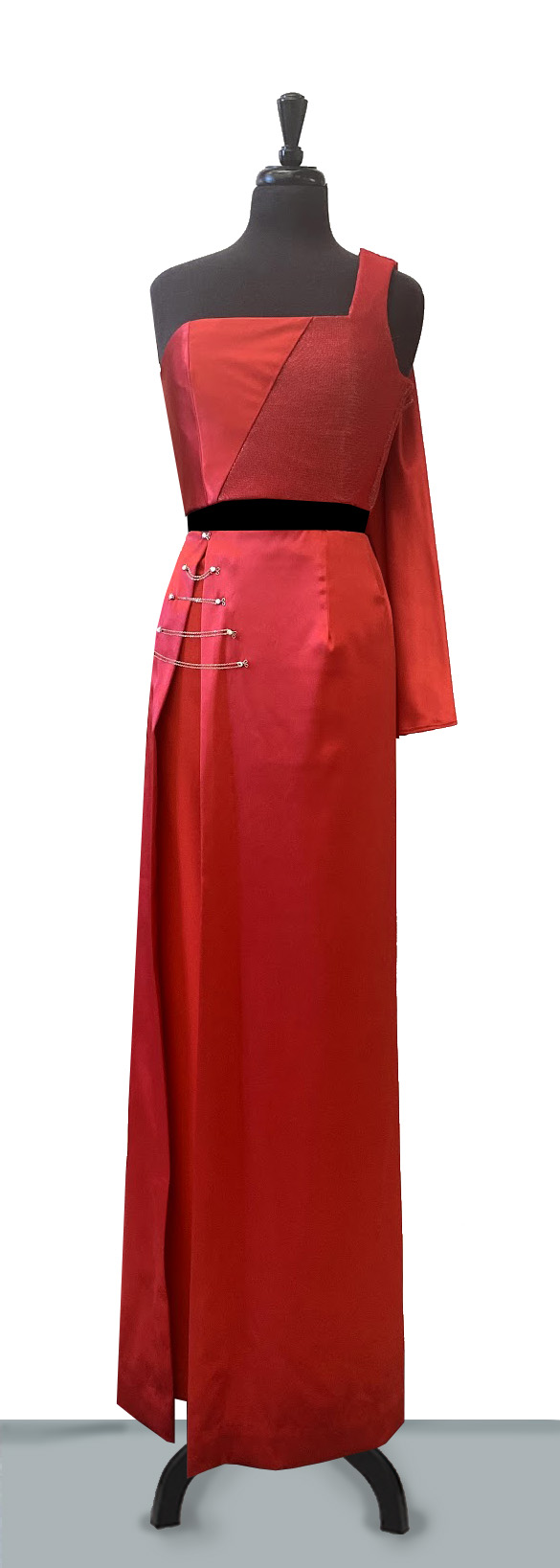
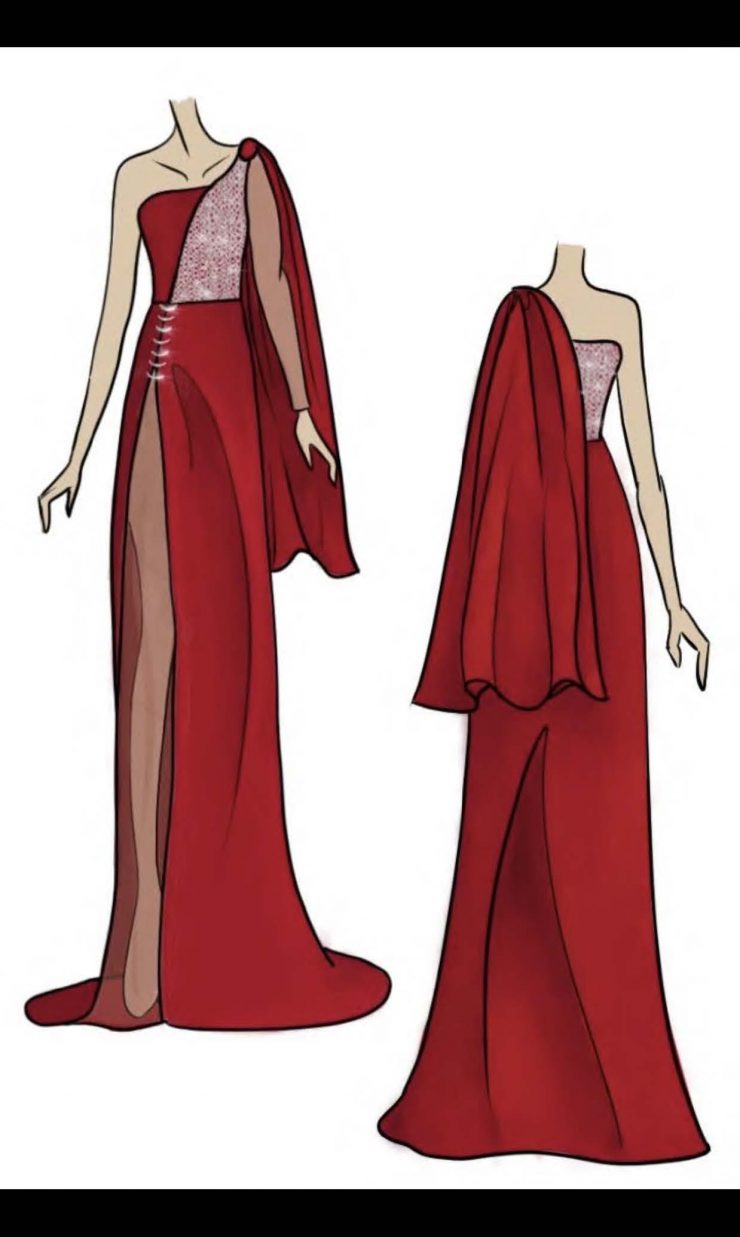
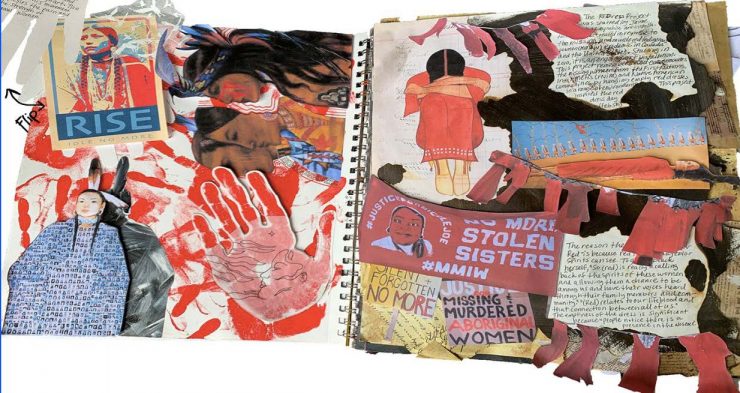
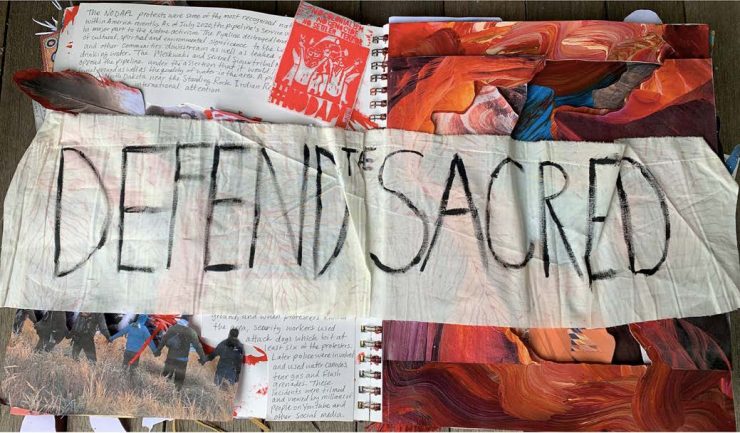
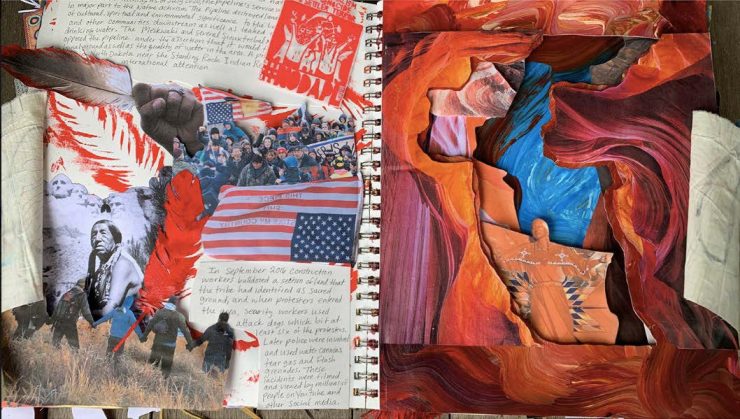

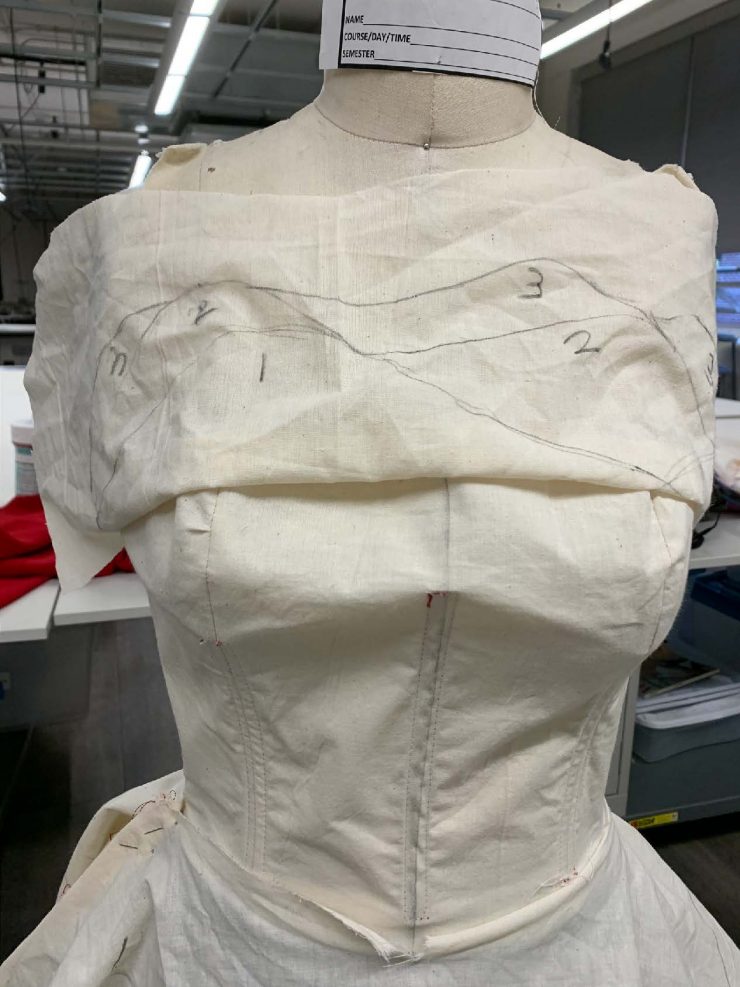
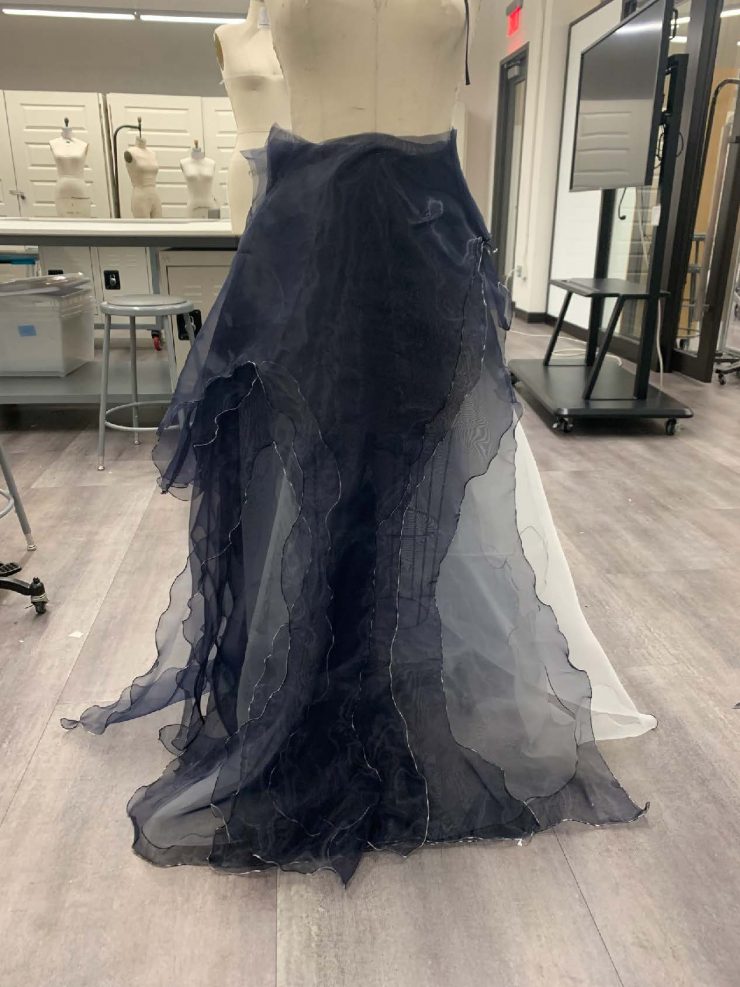
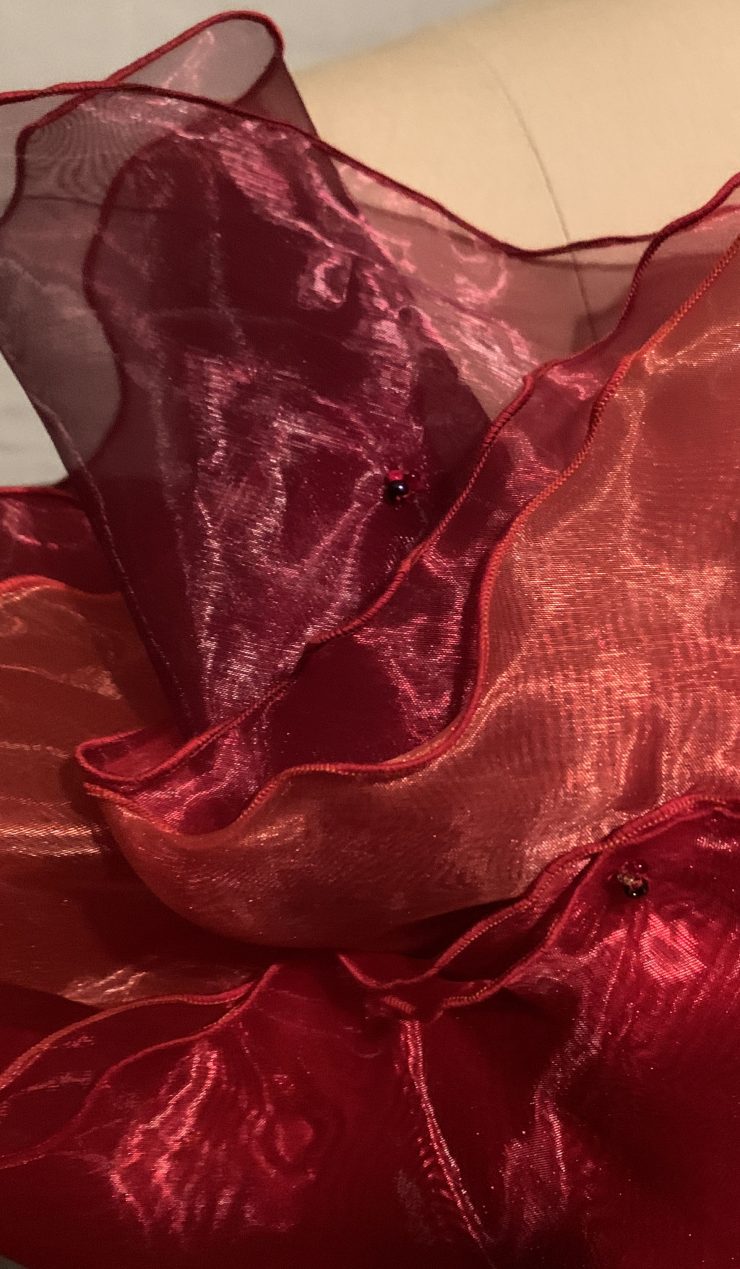
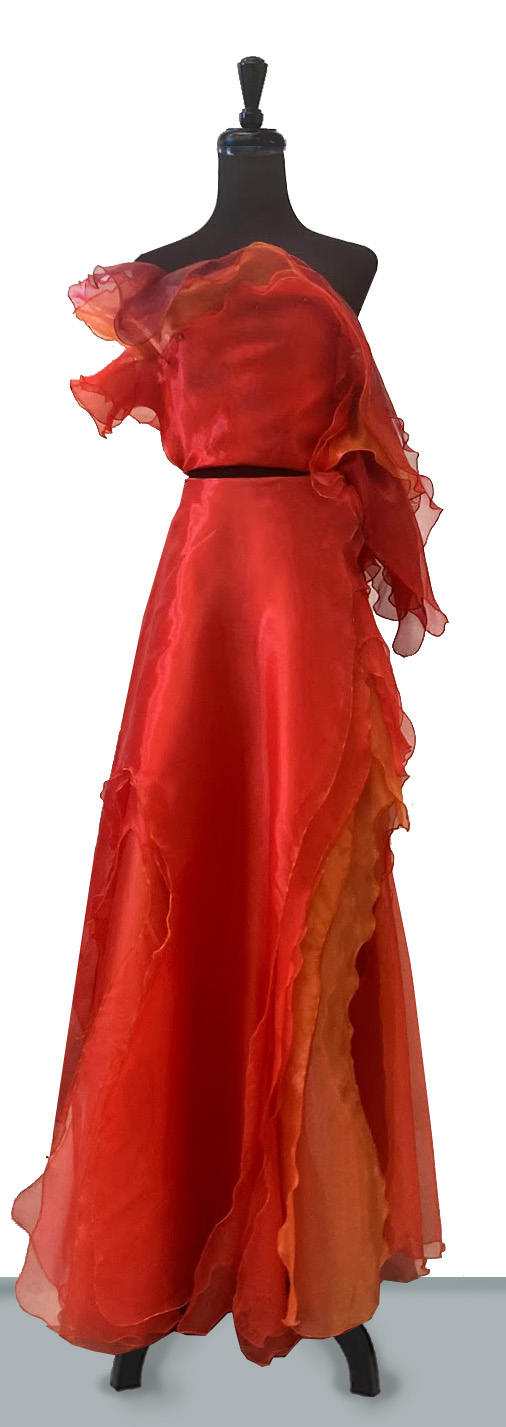
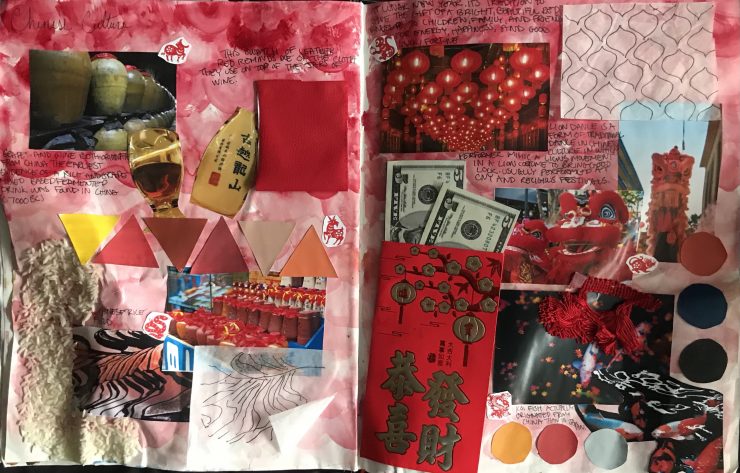
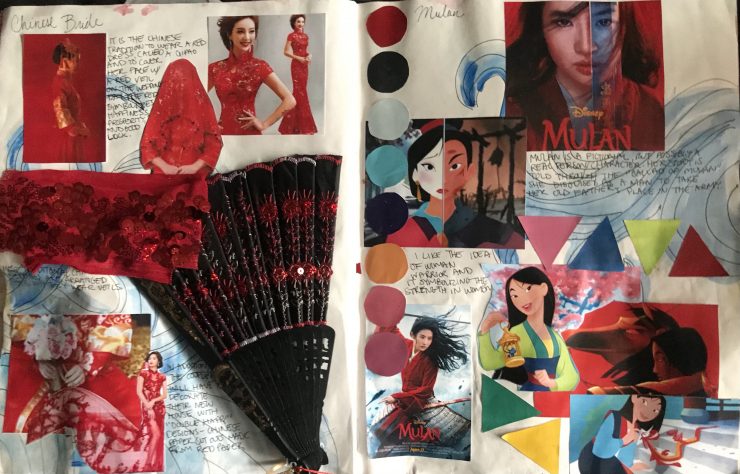
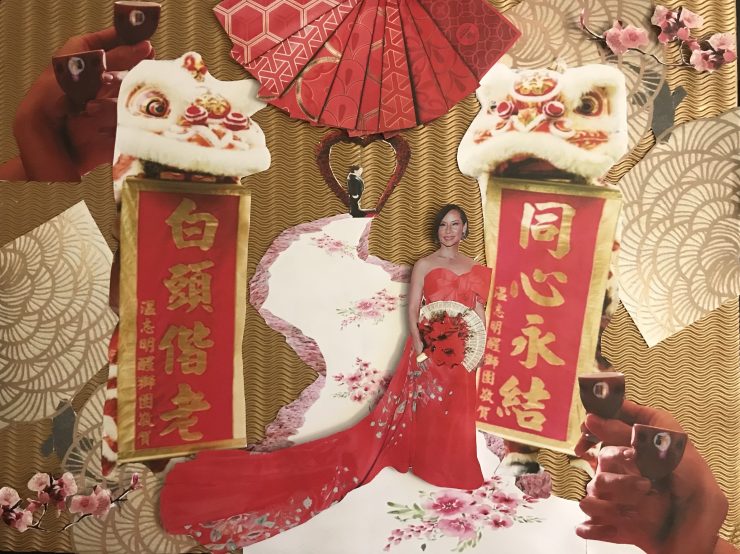
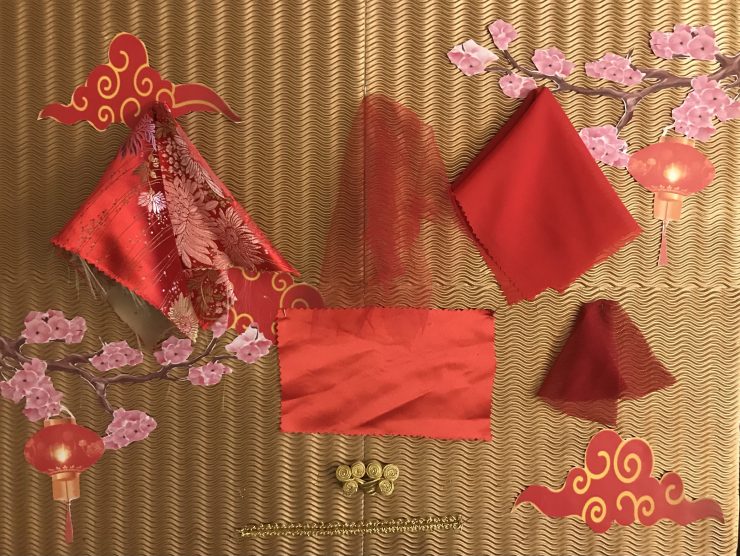

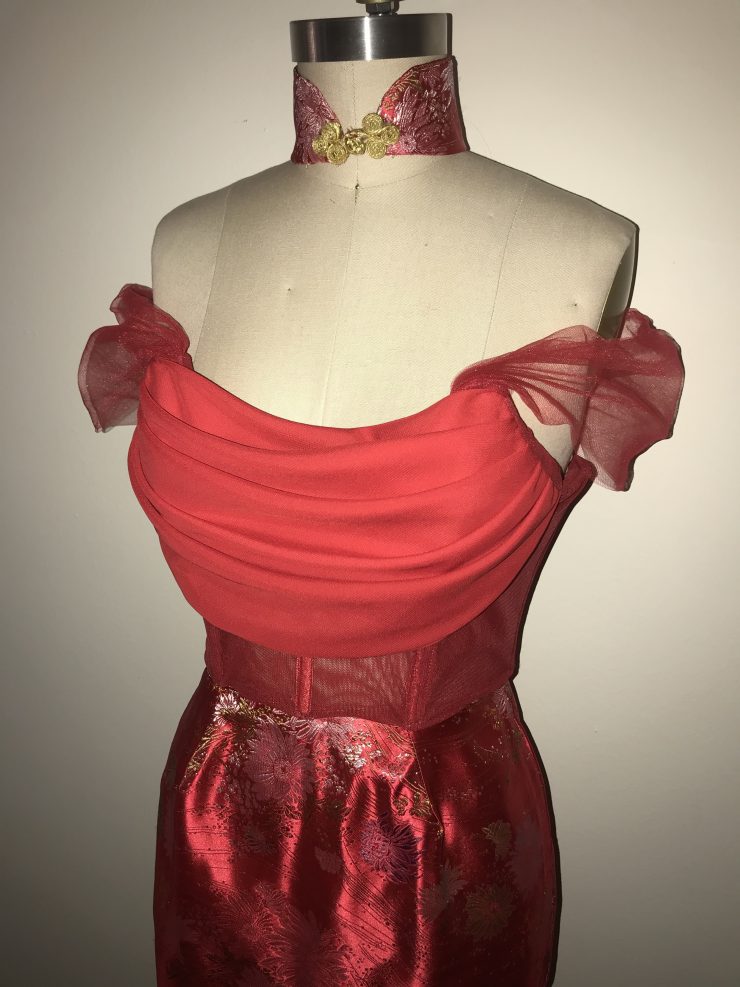
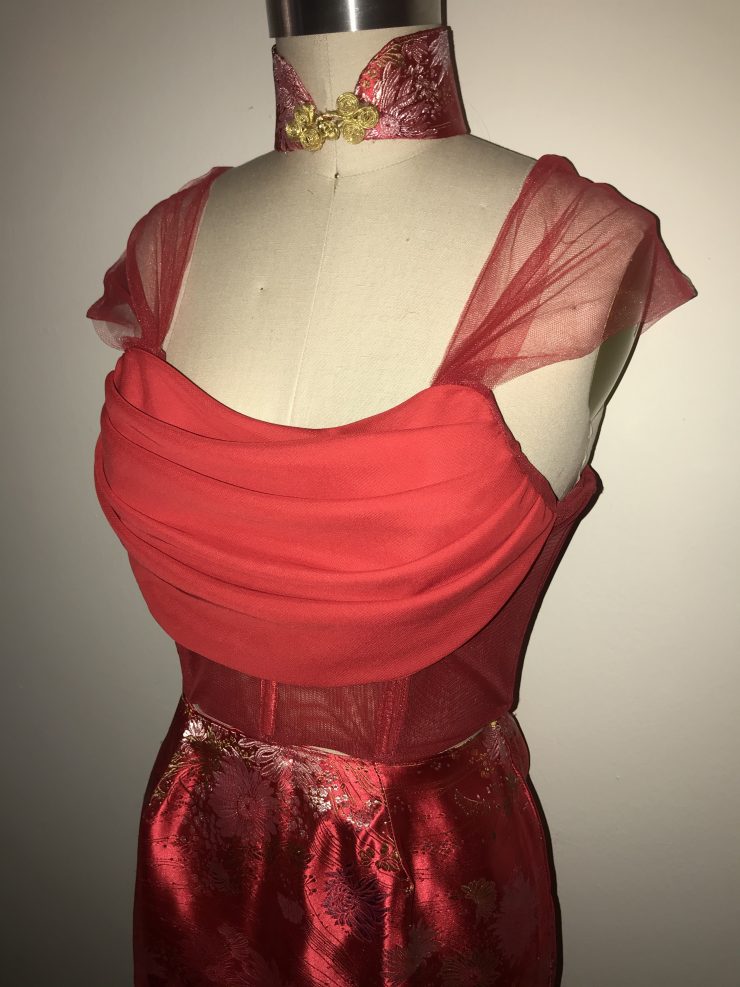


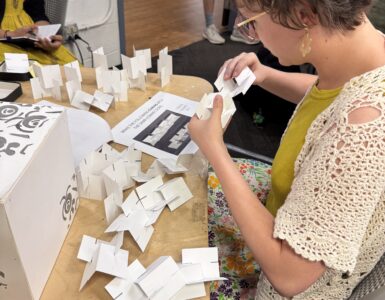
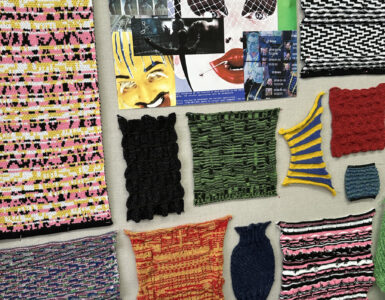
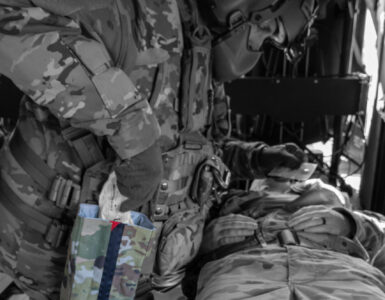


Add comment